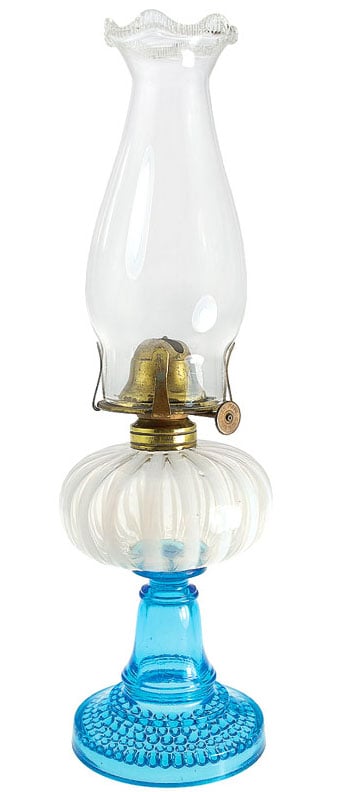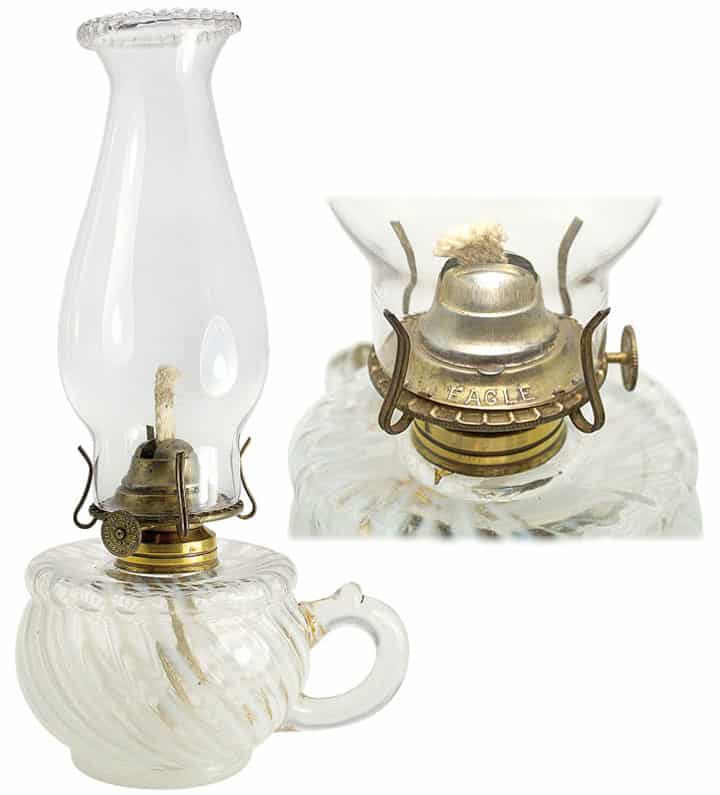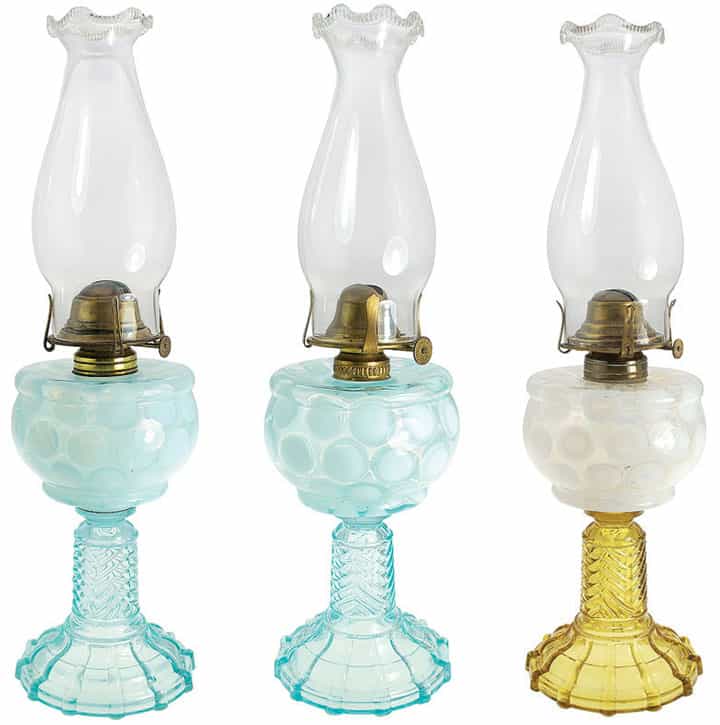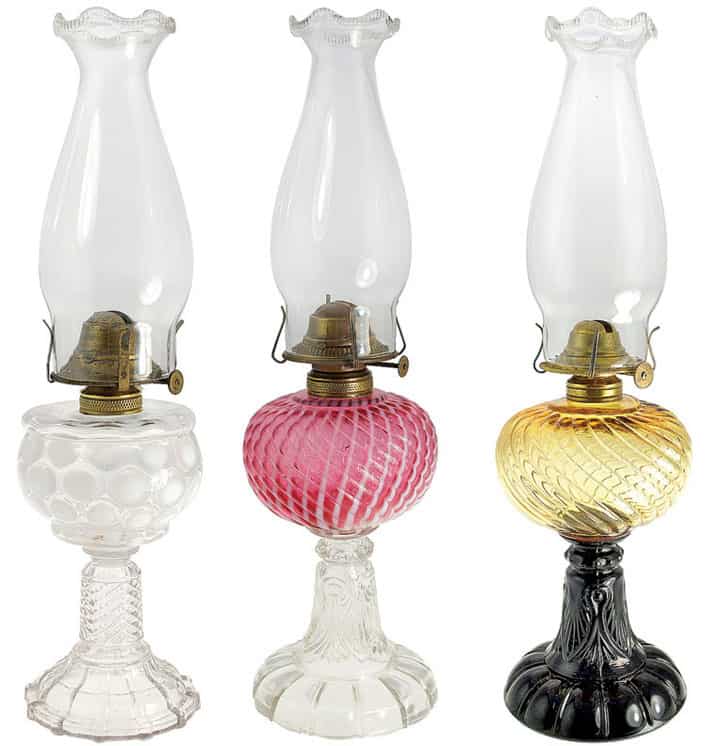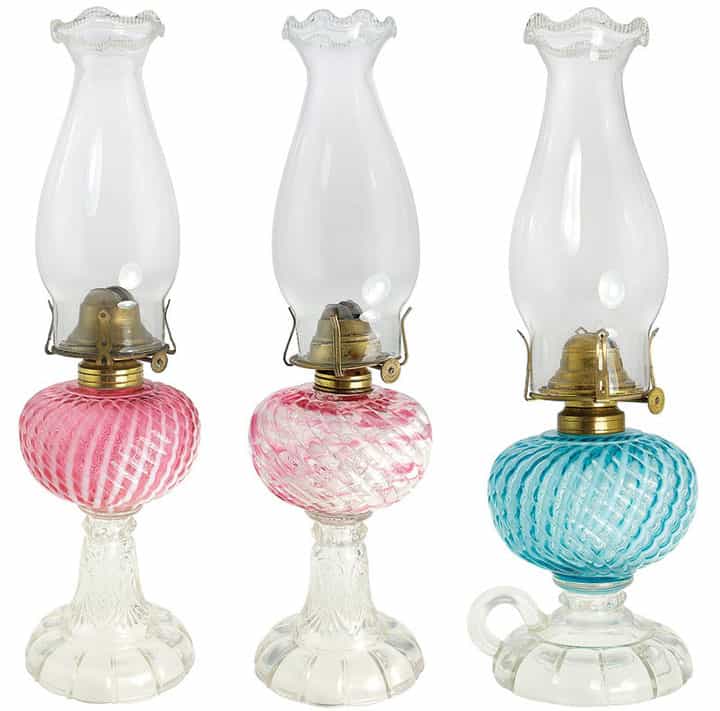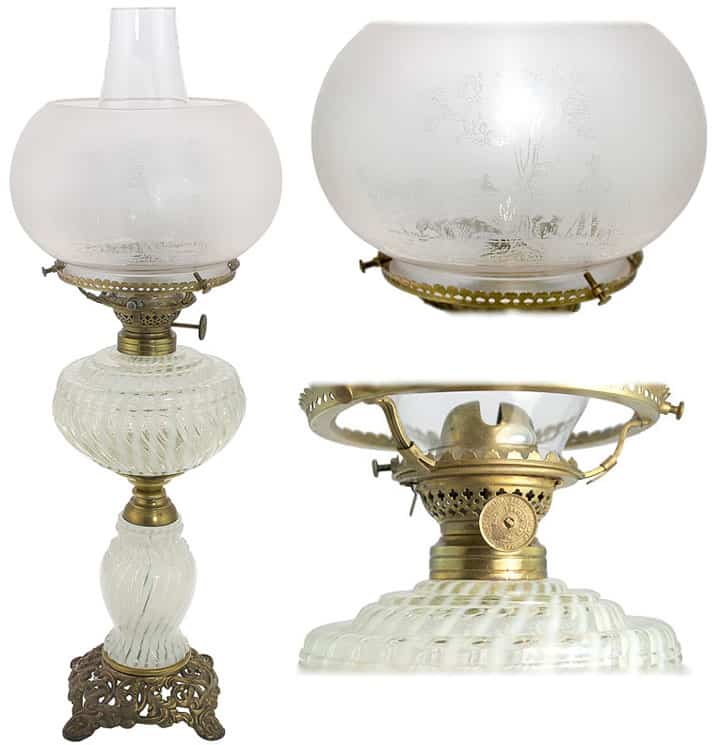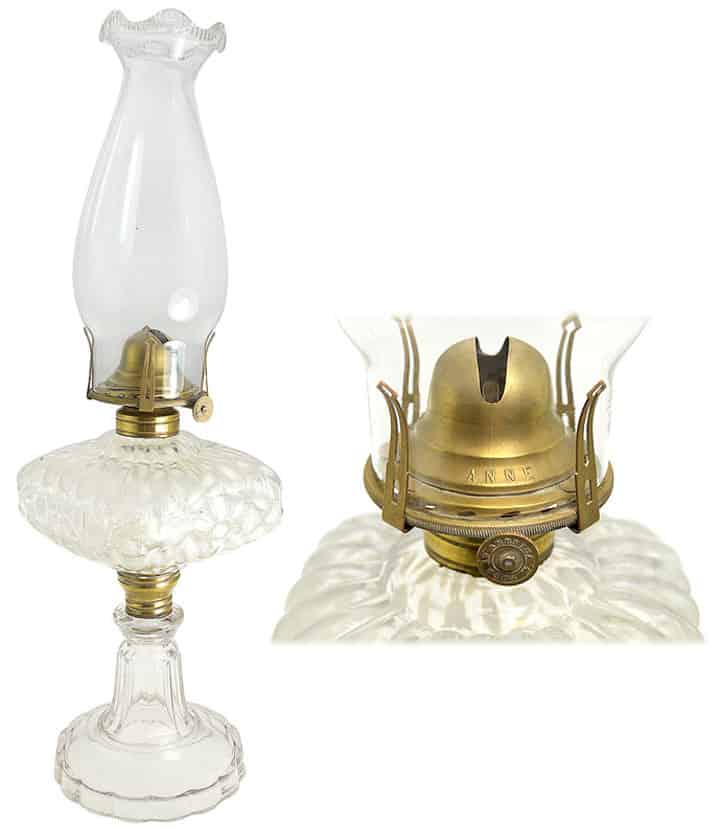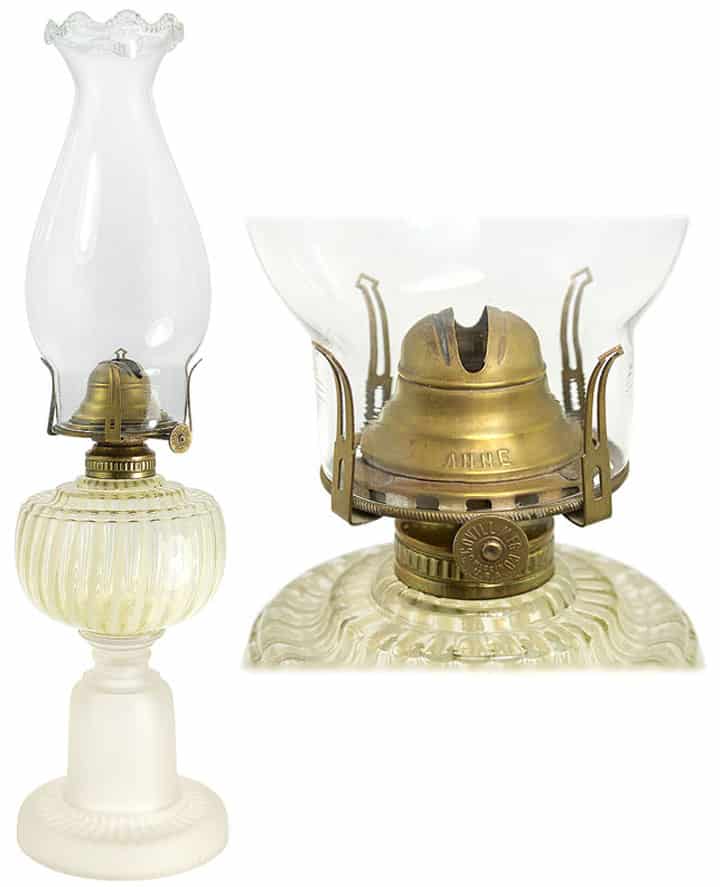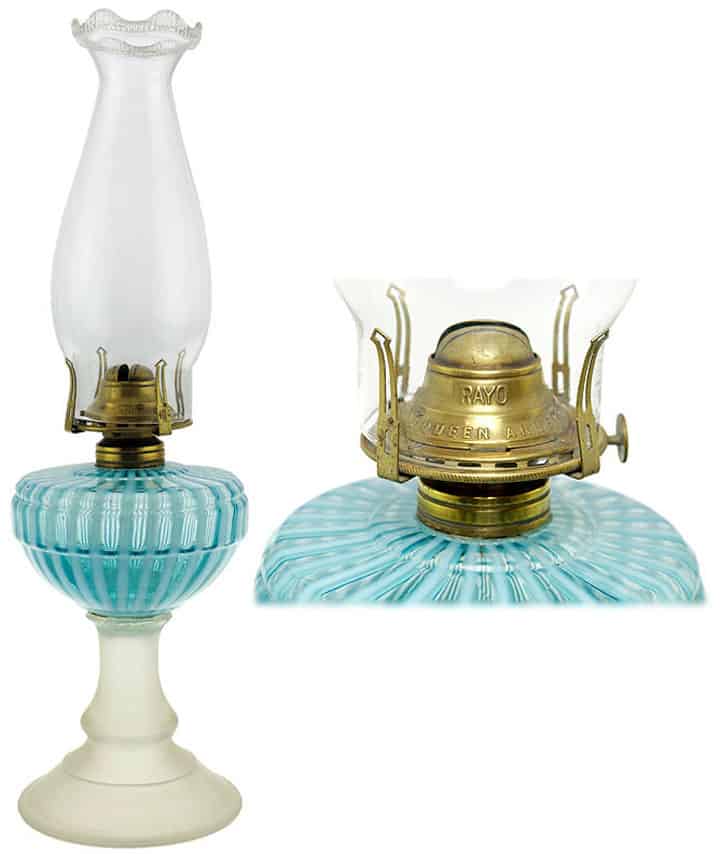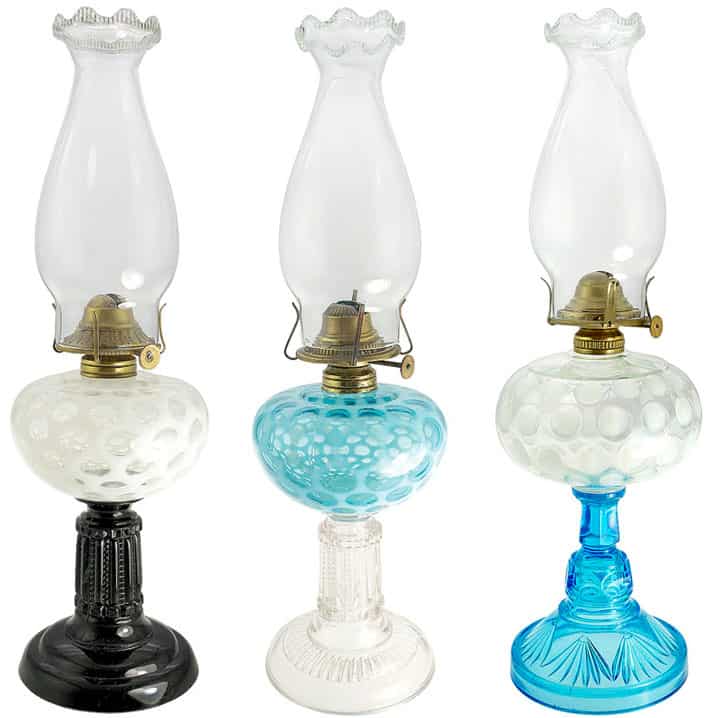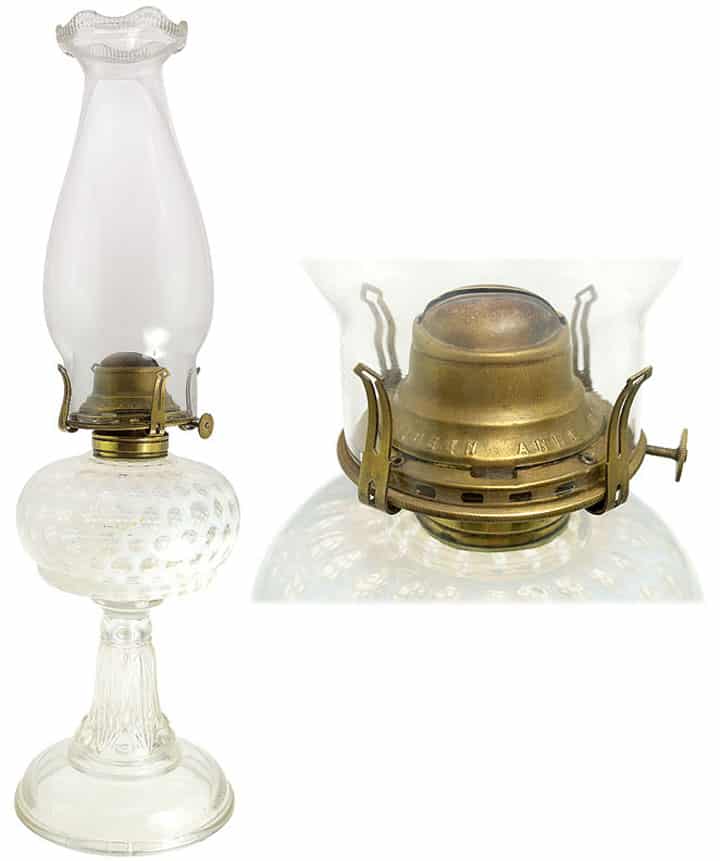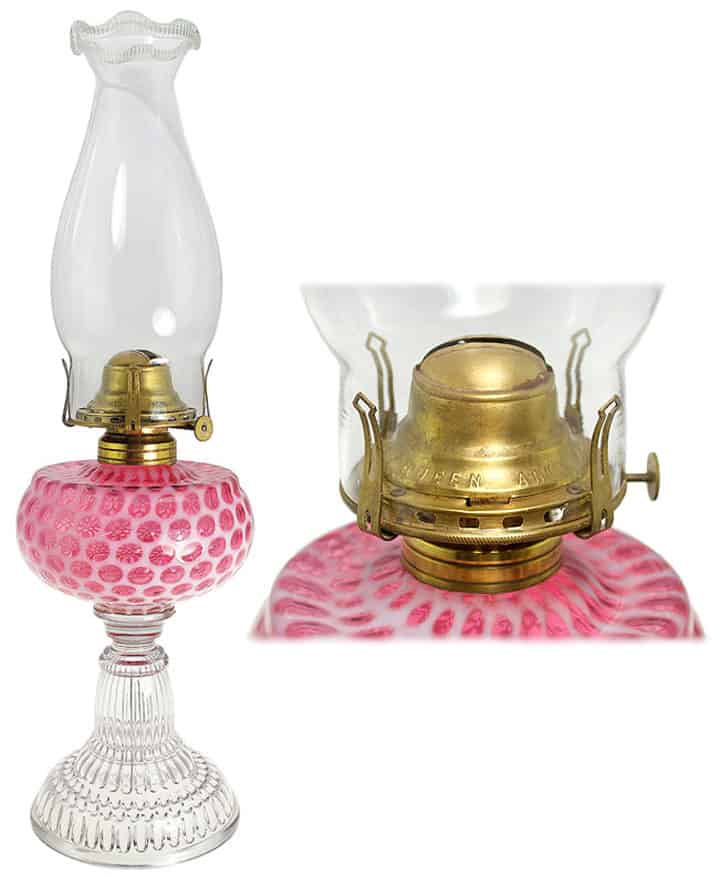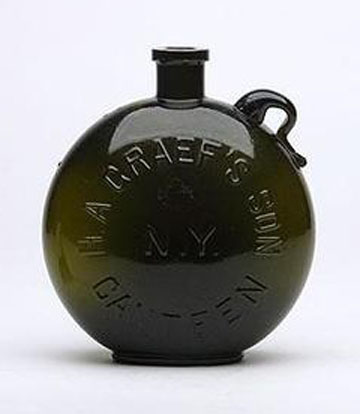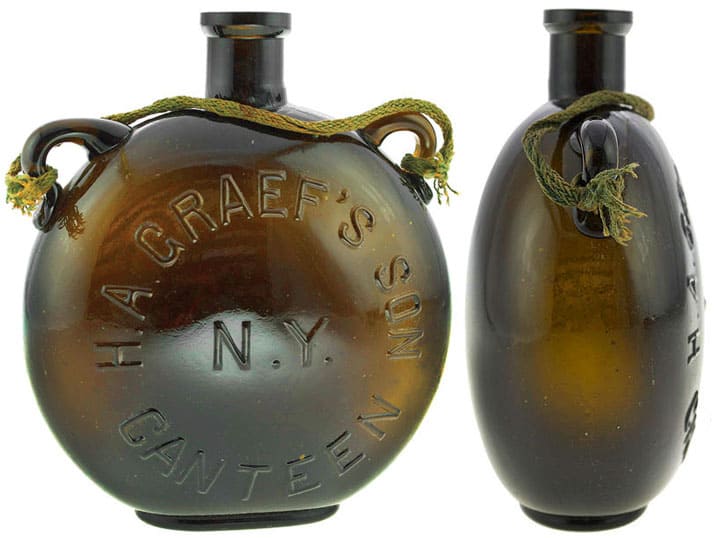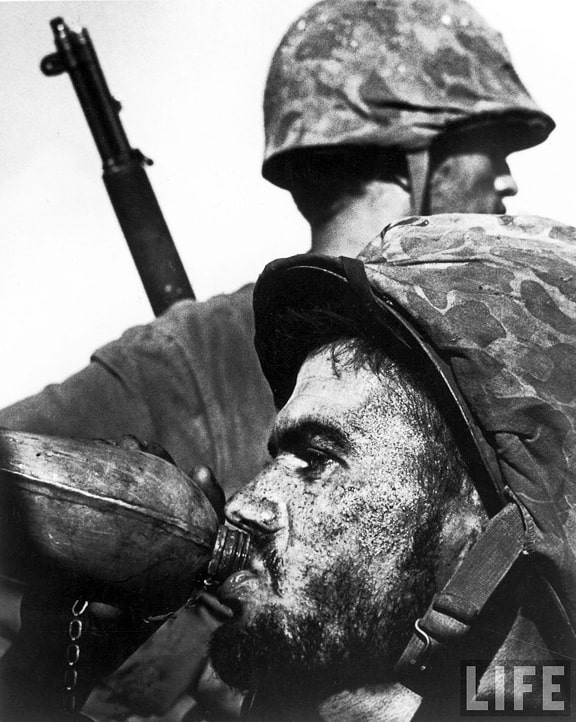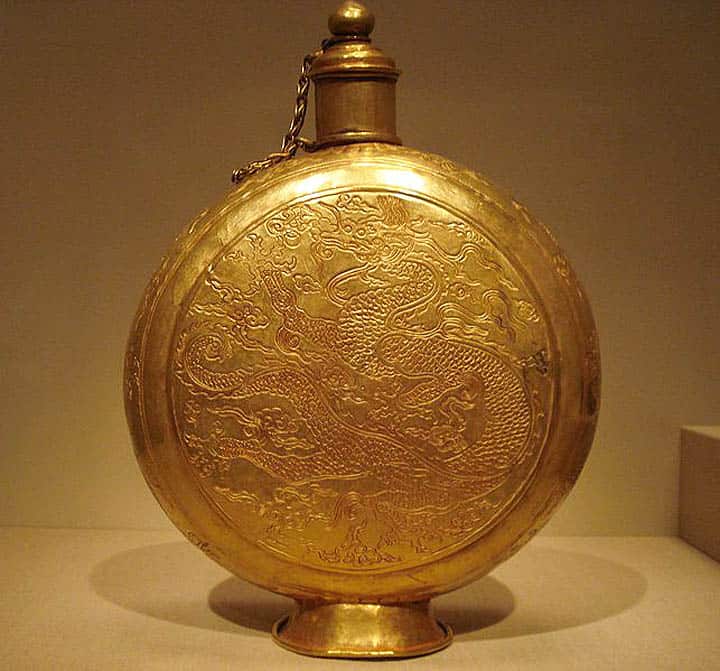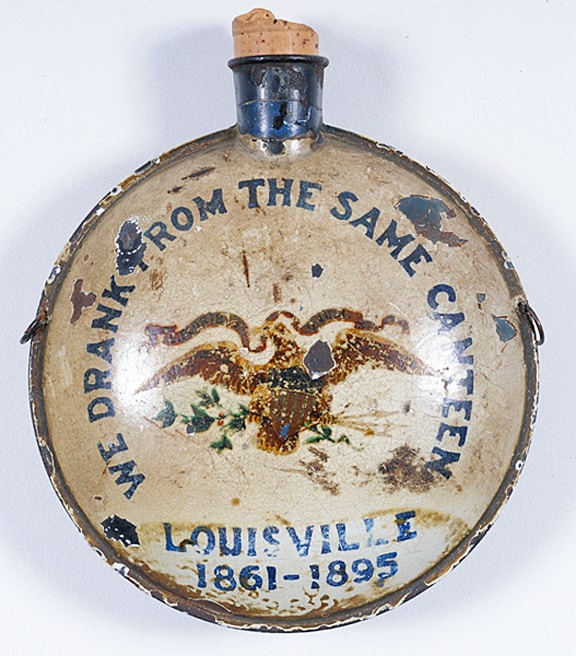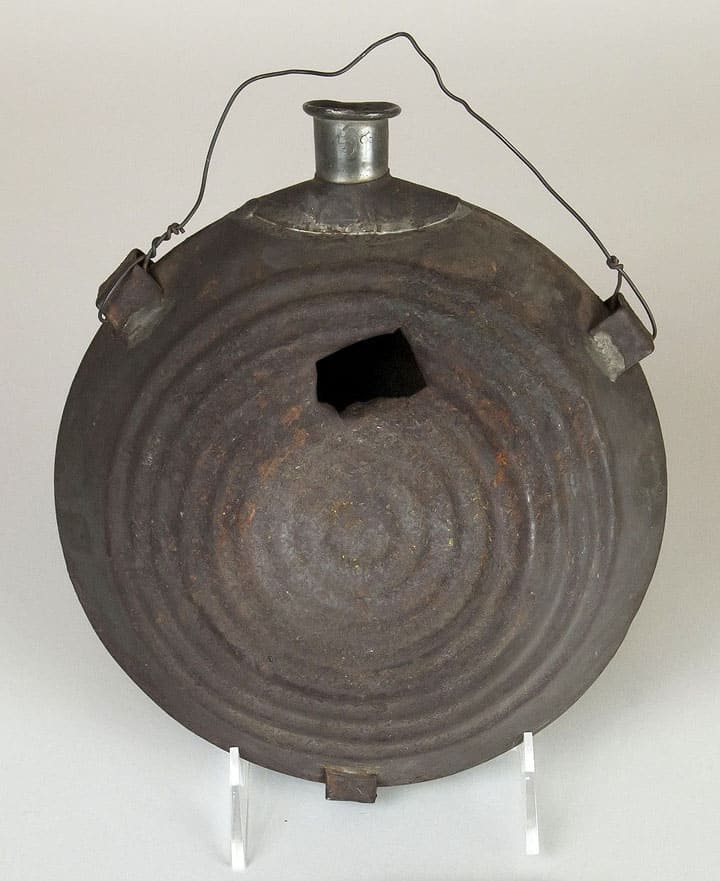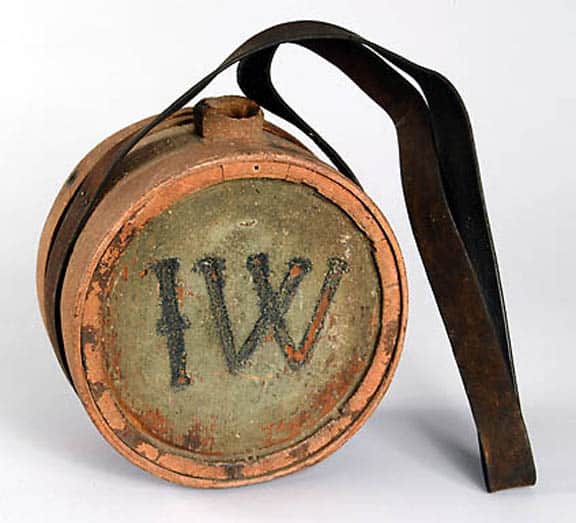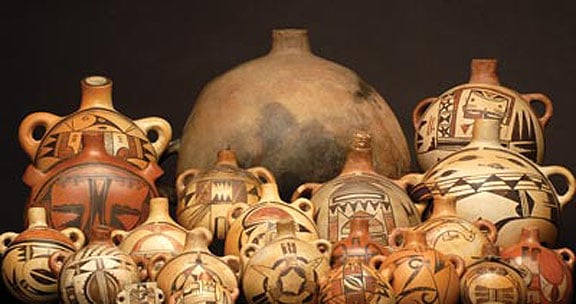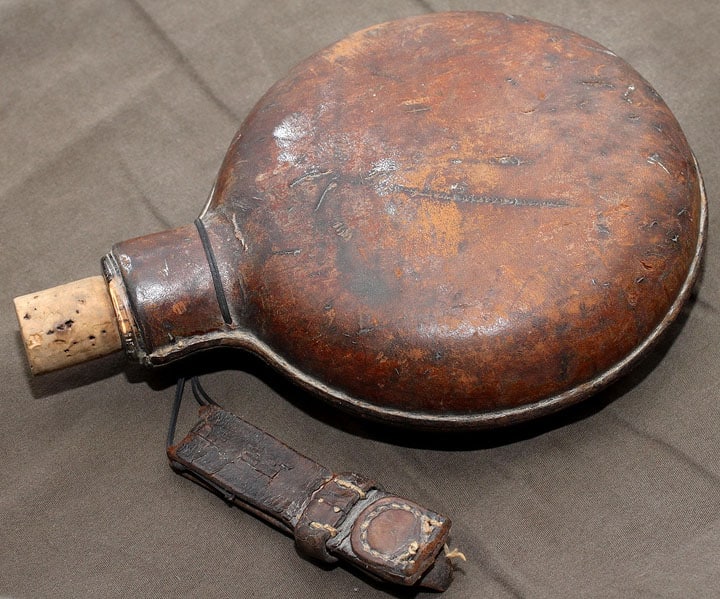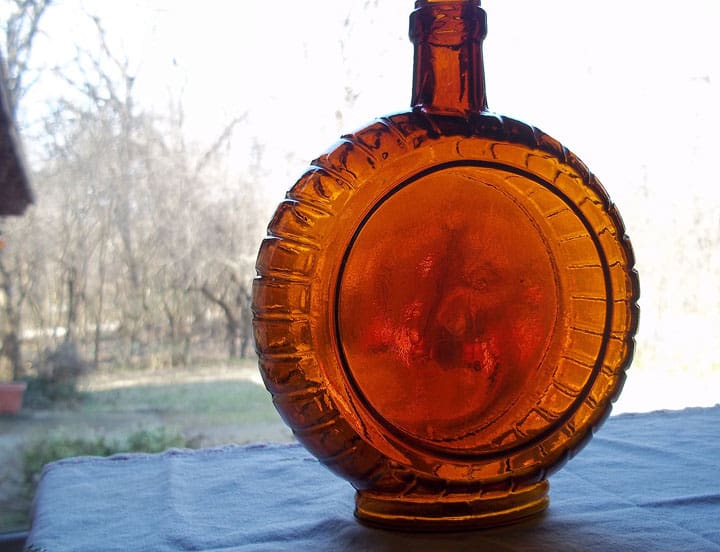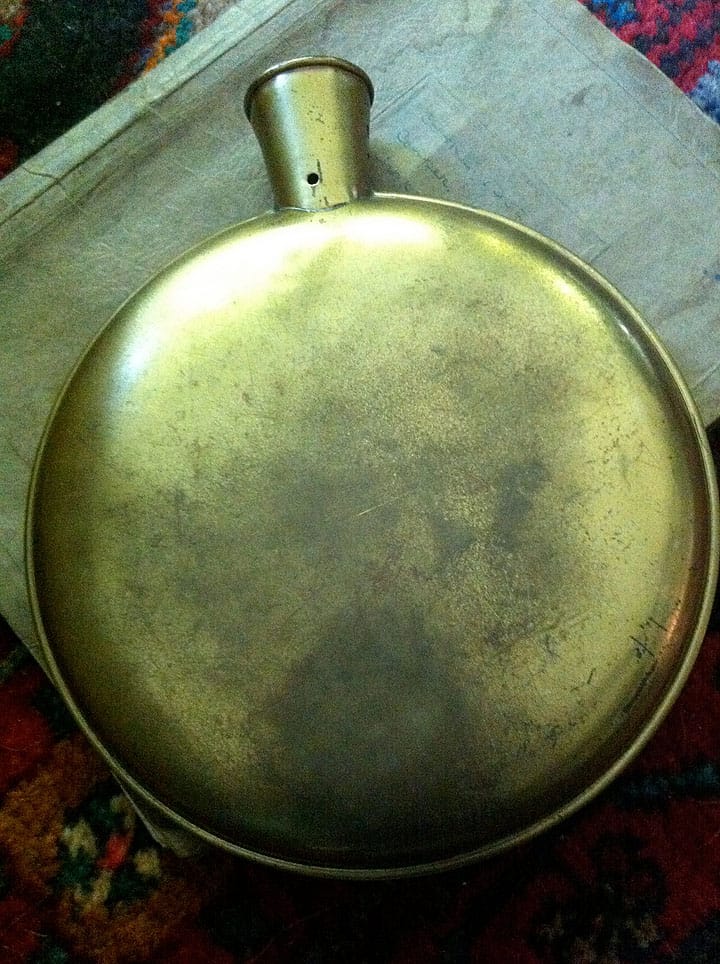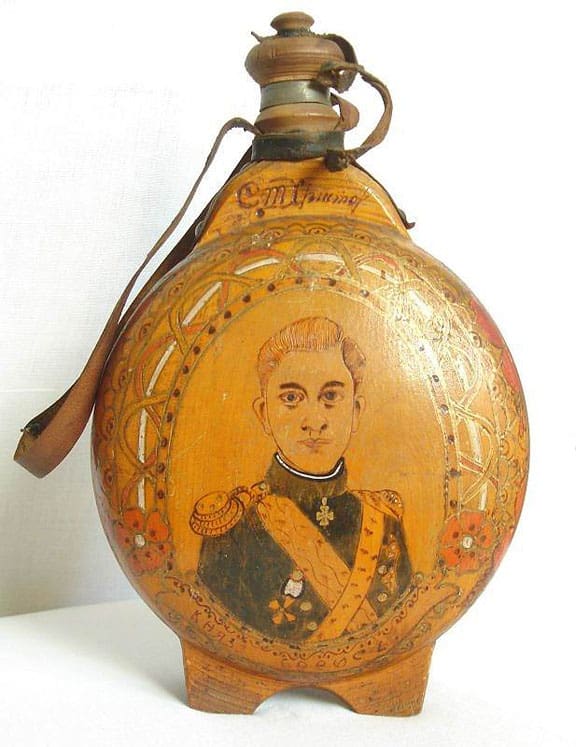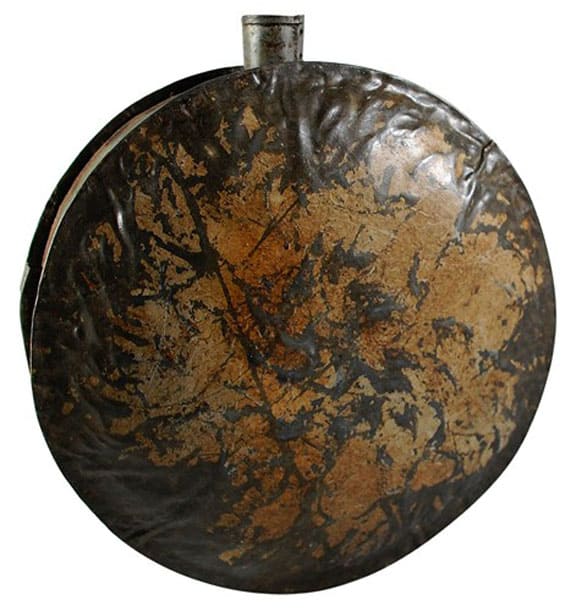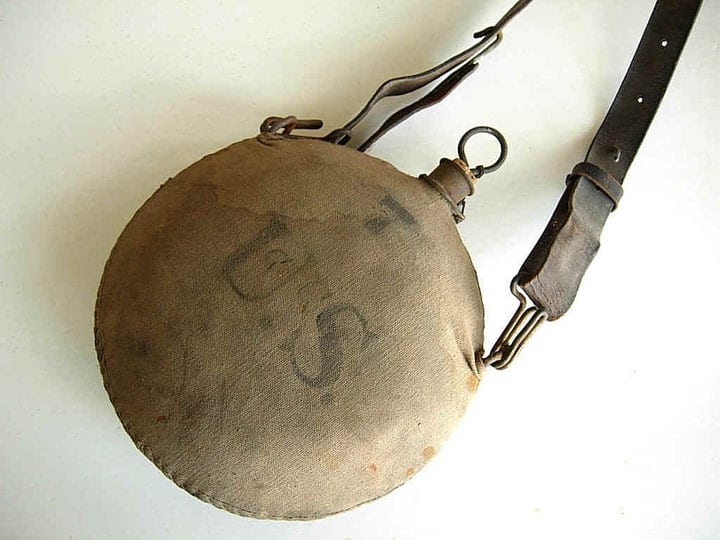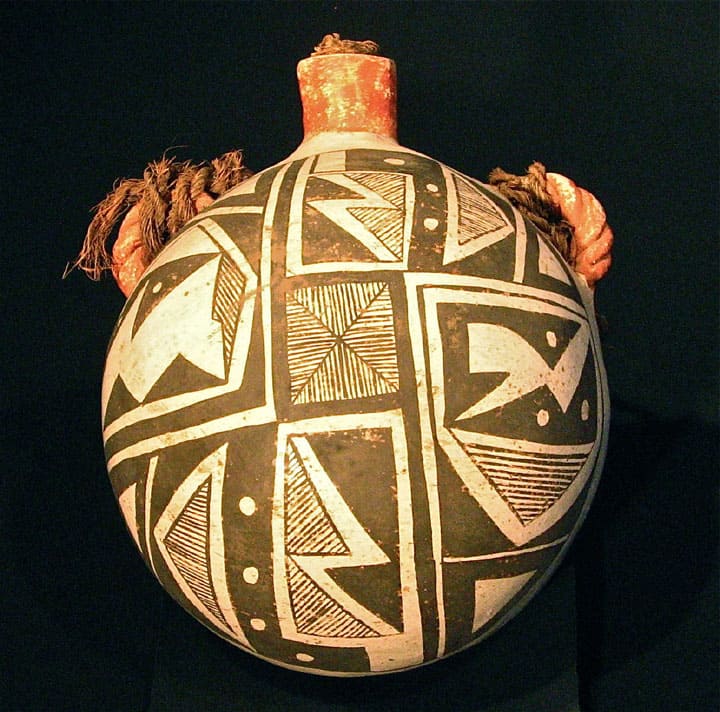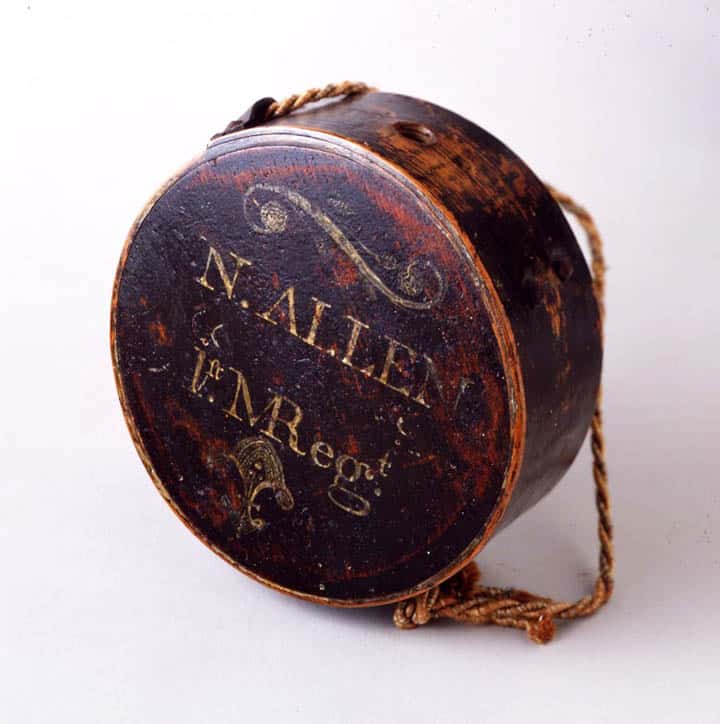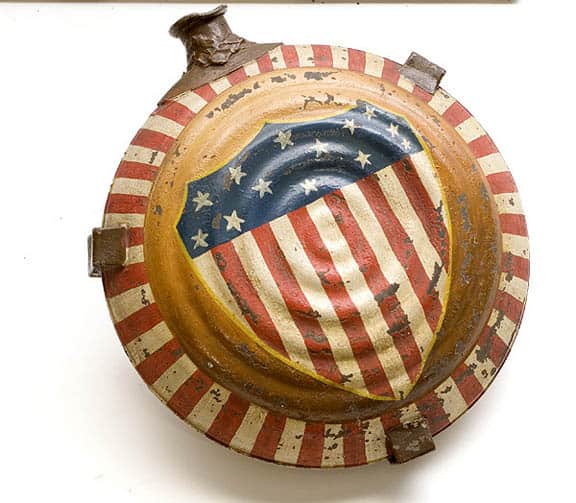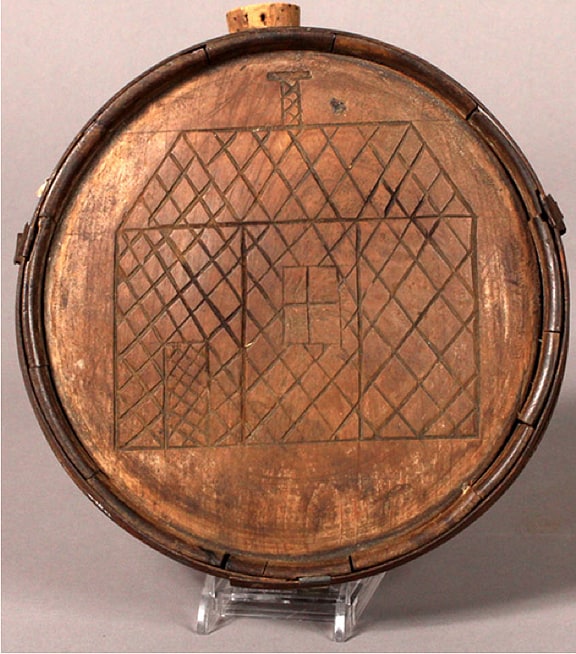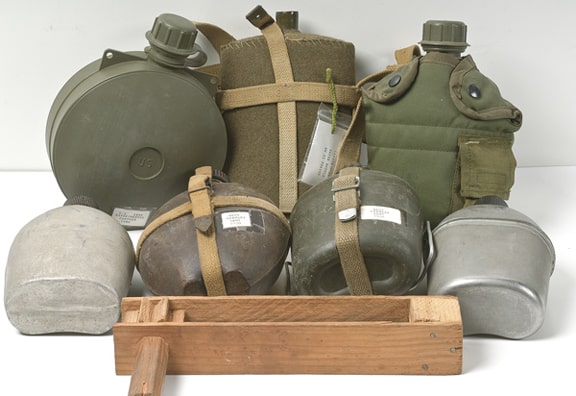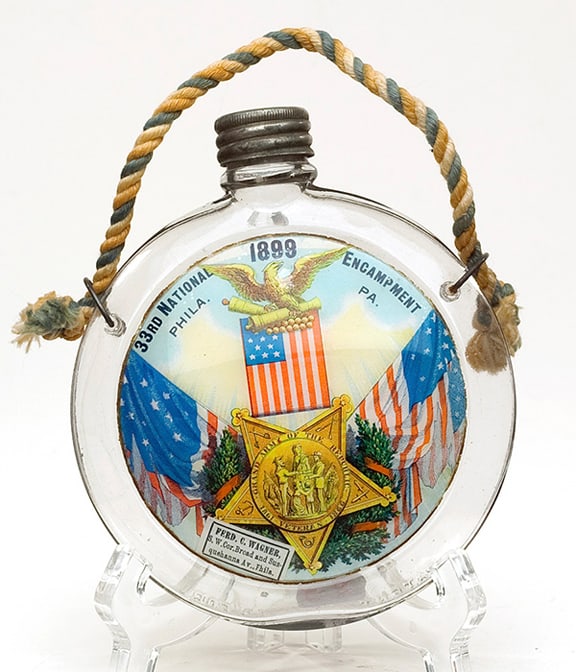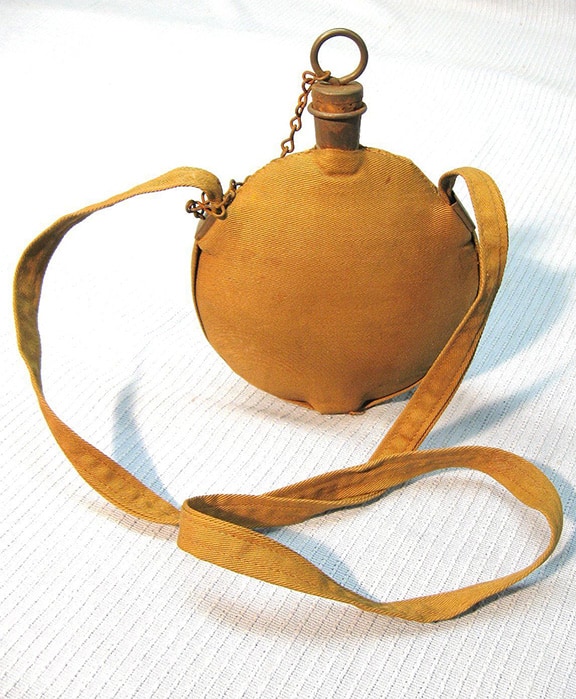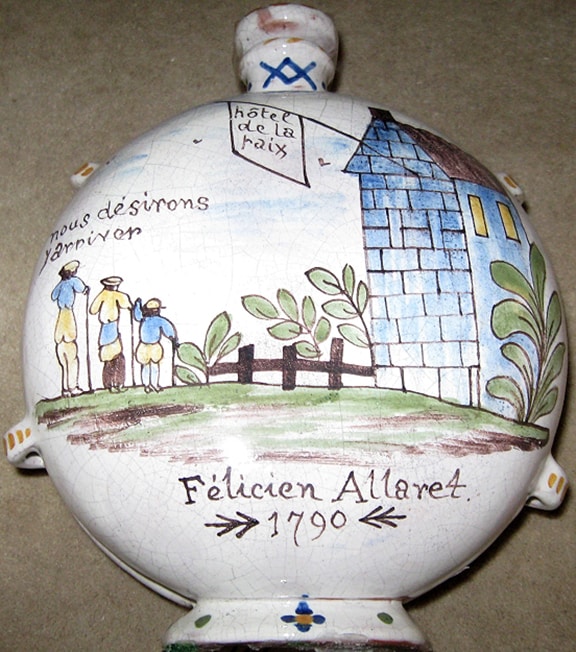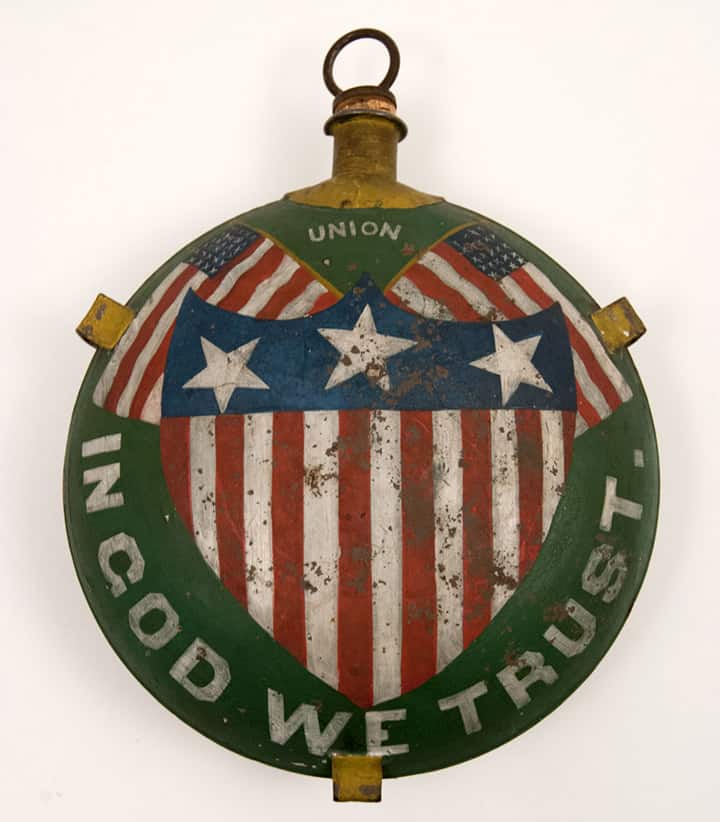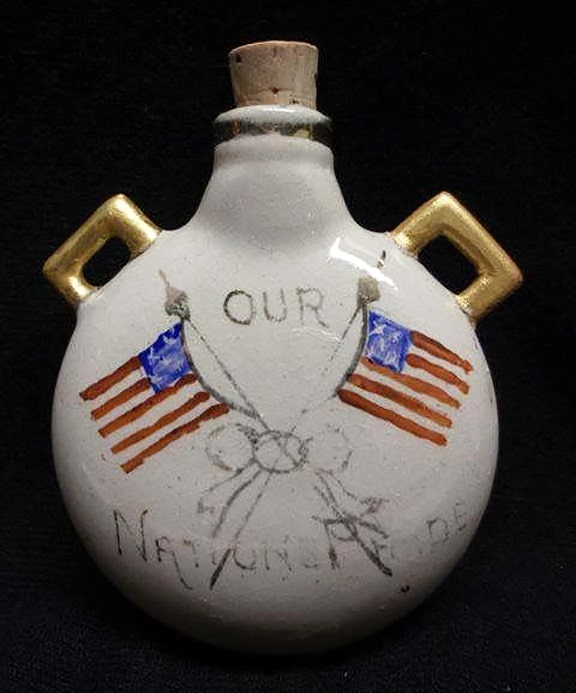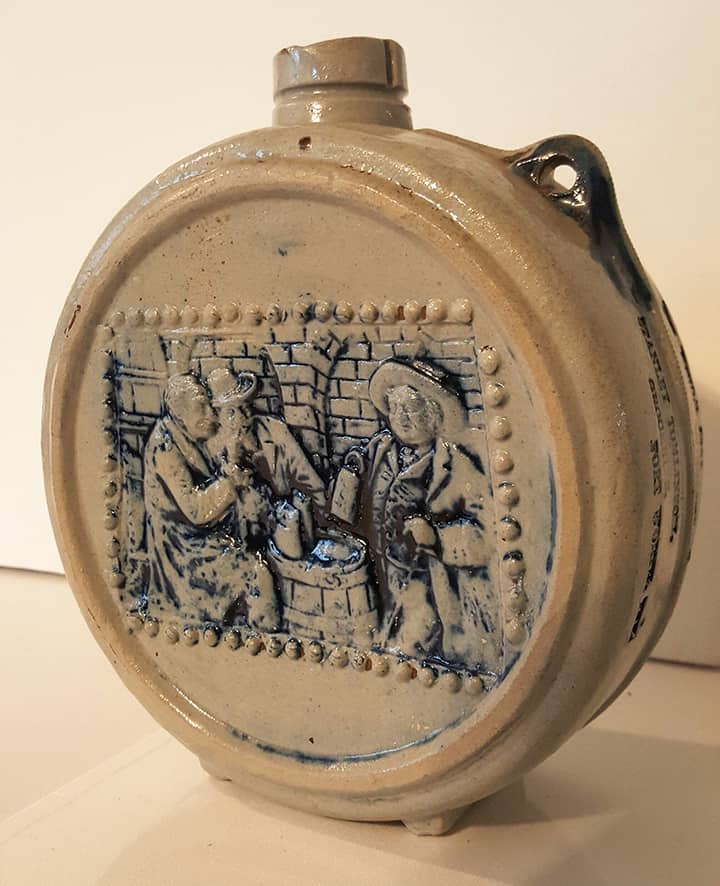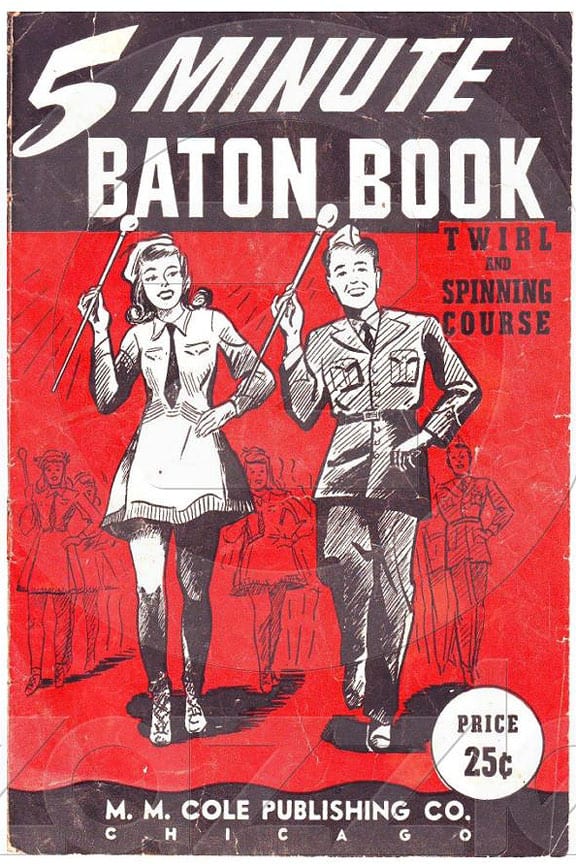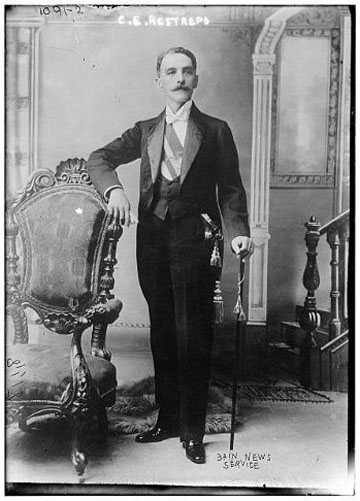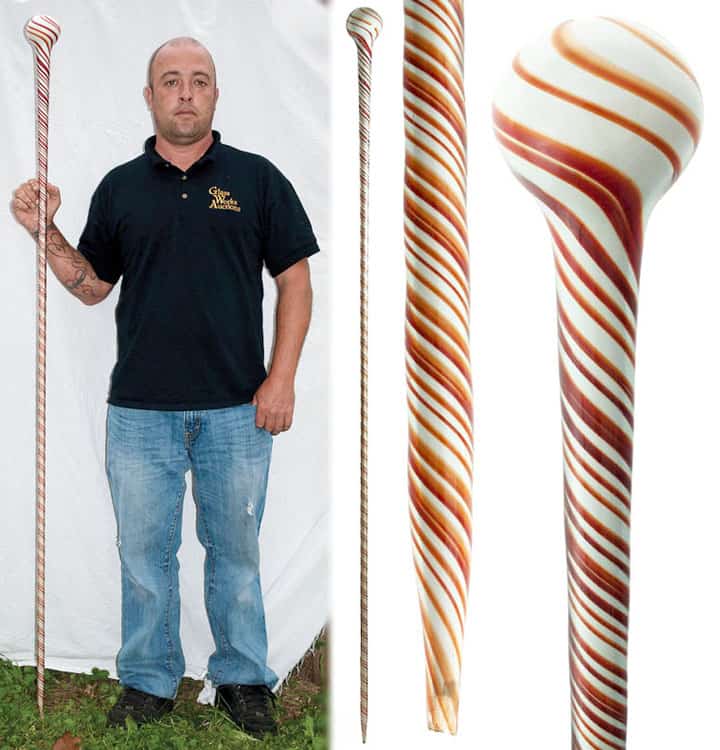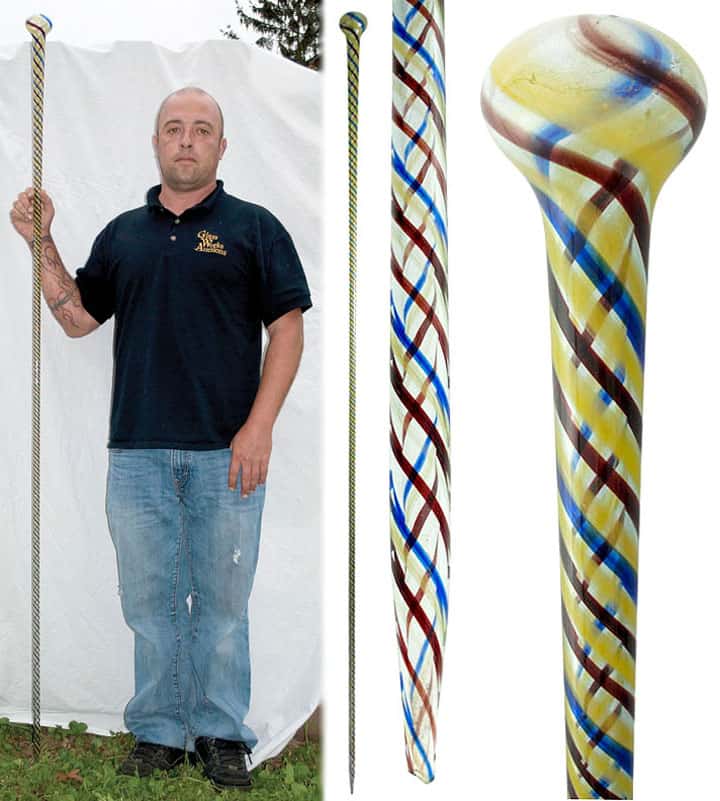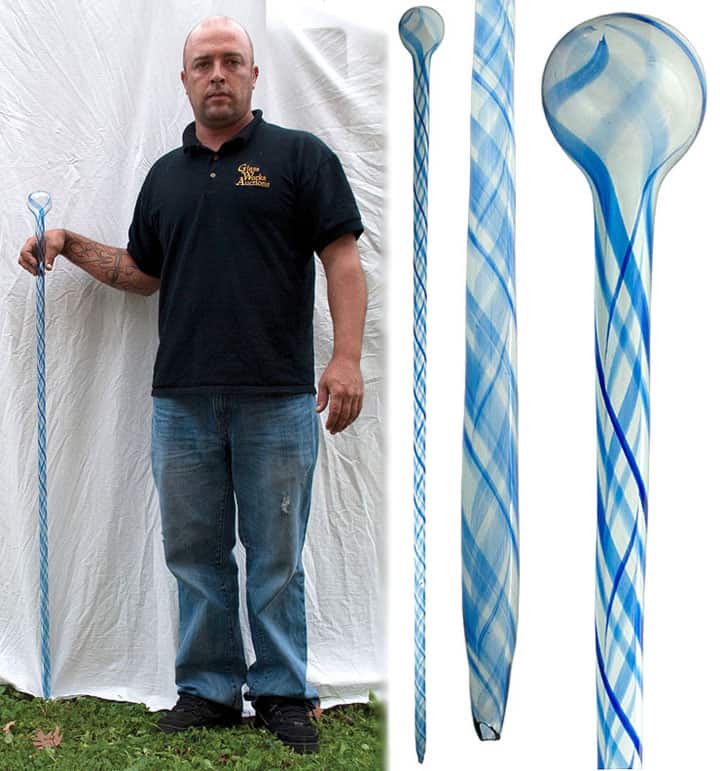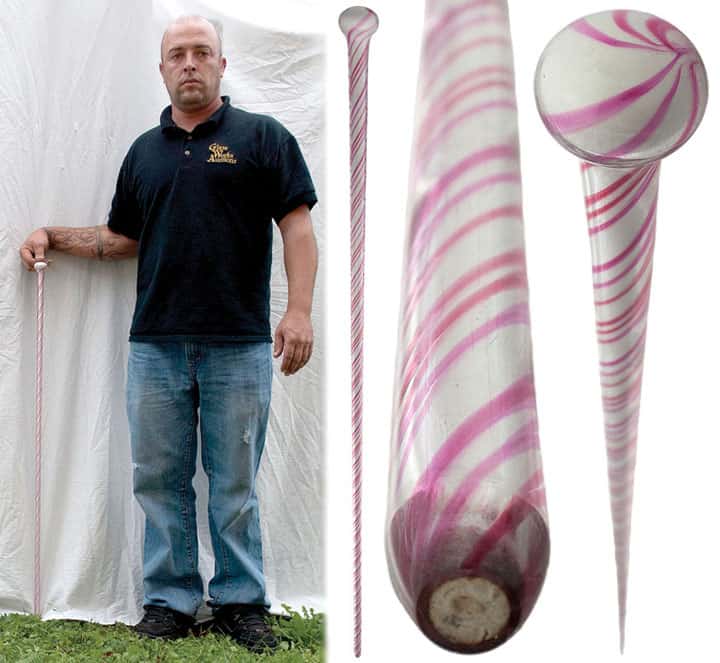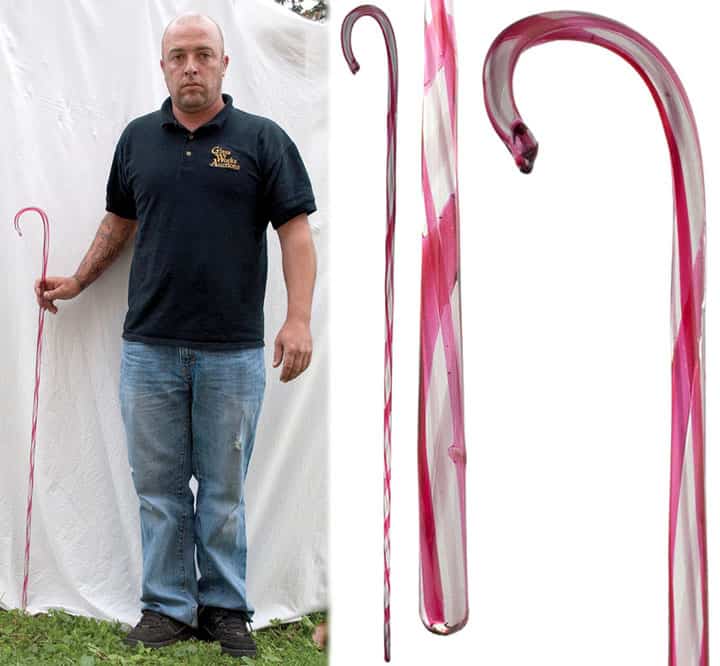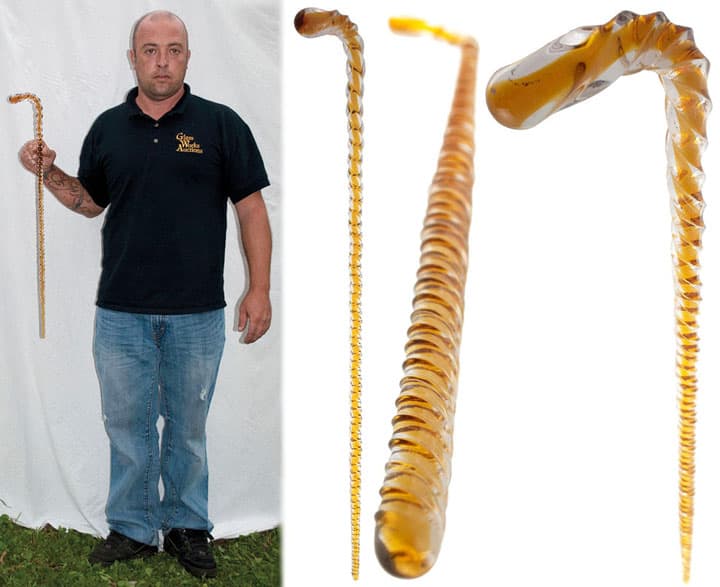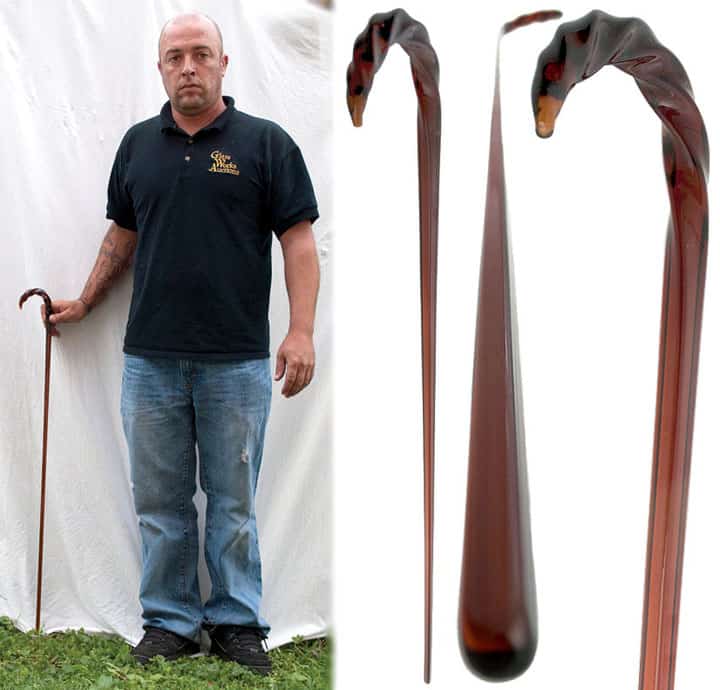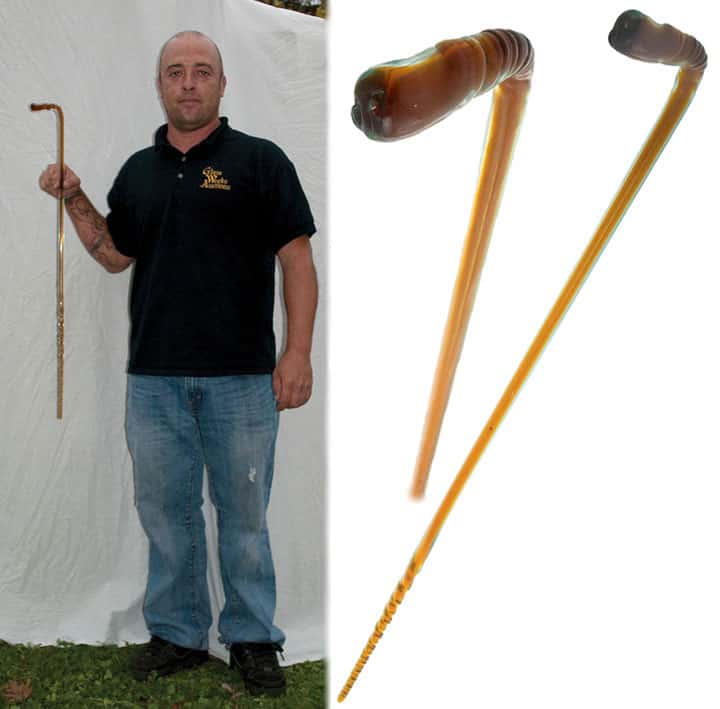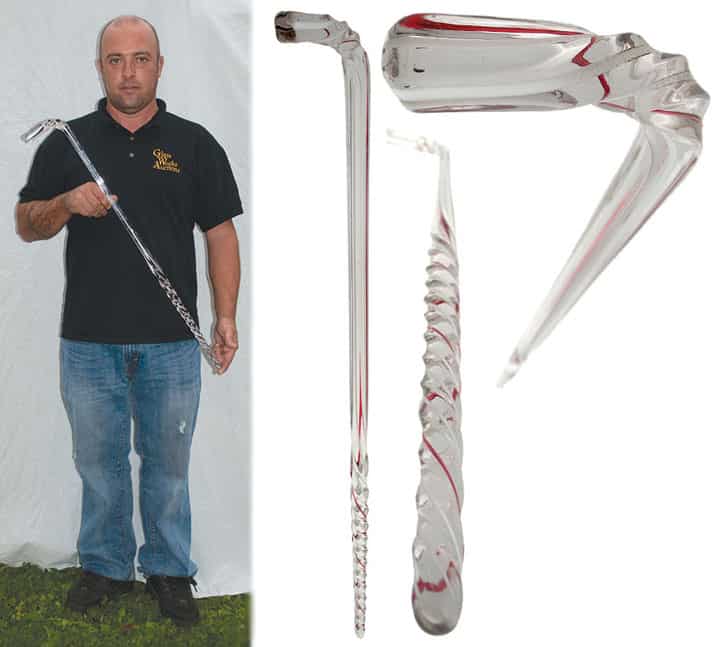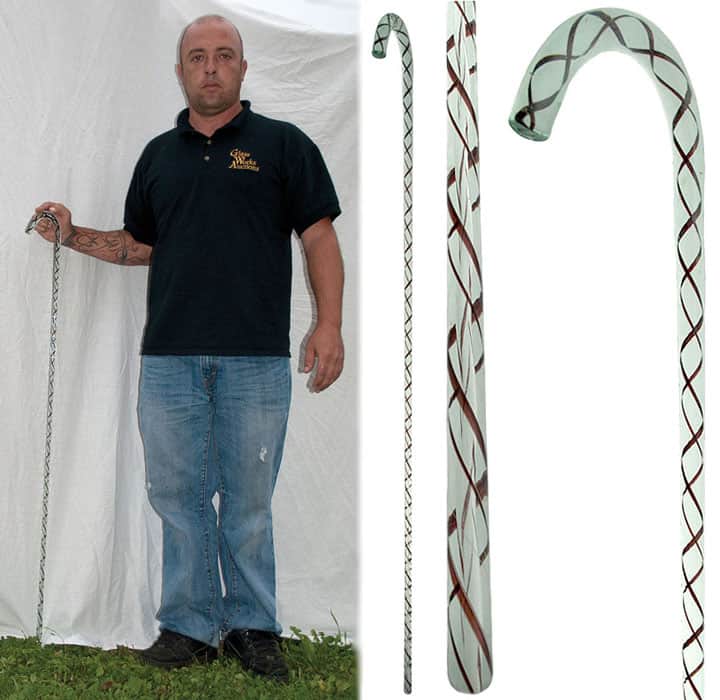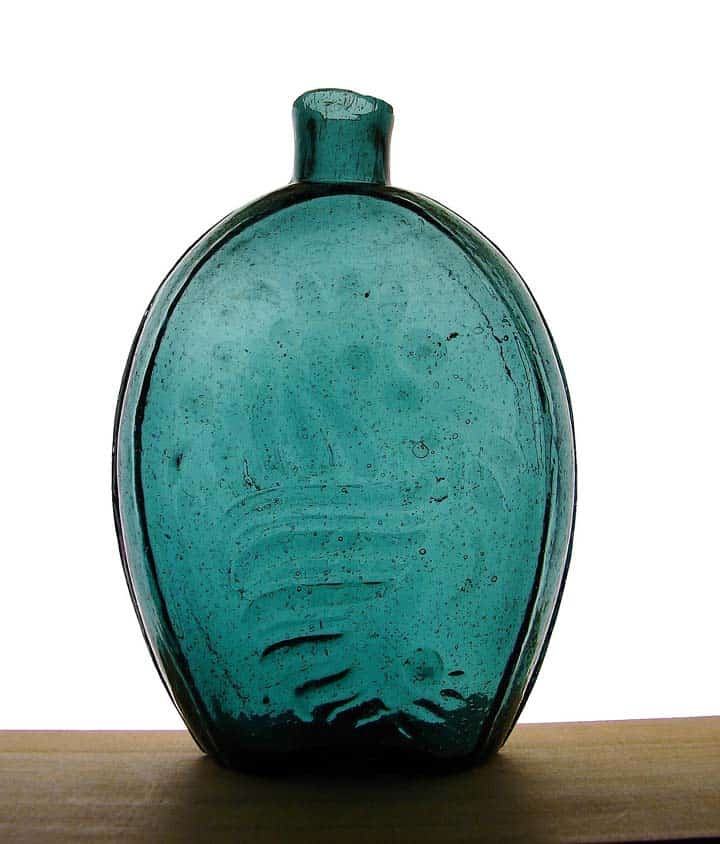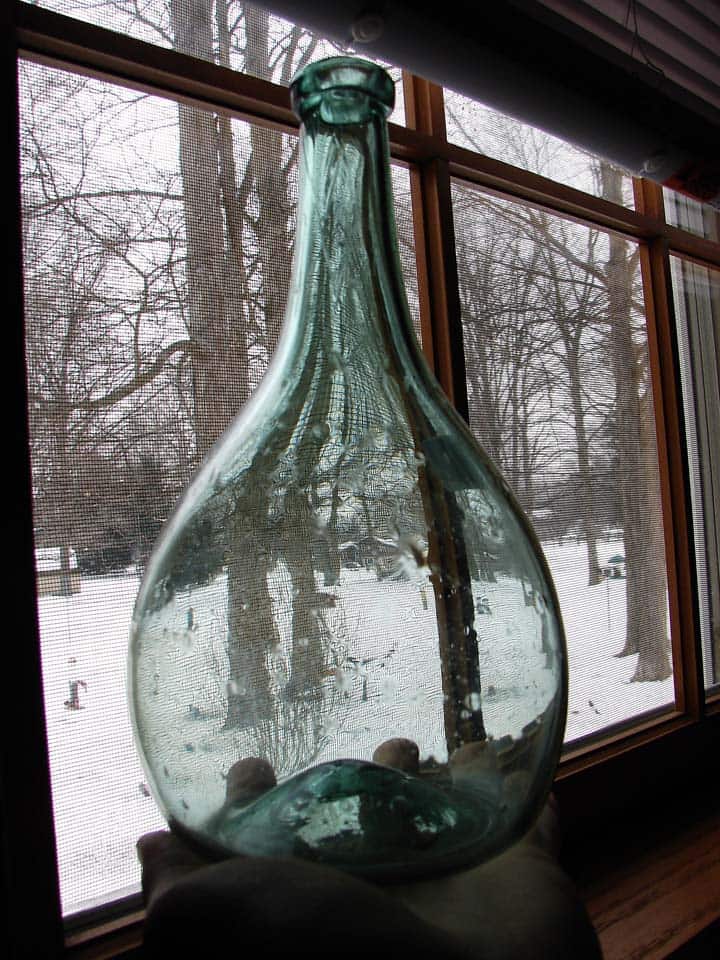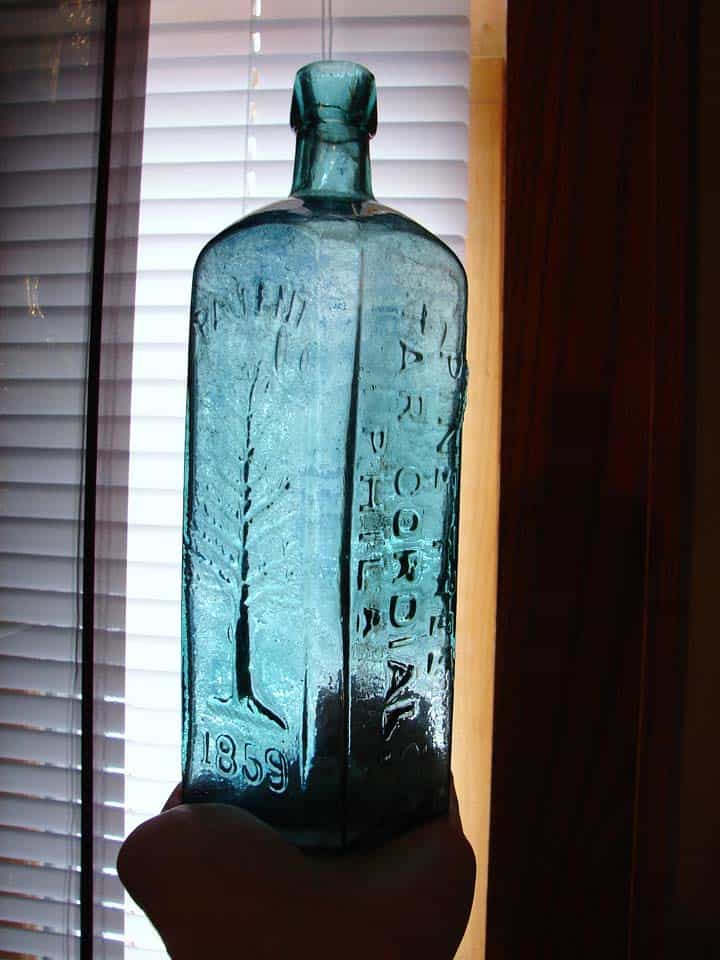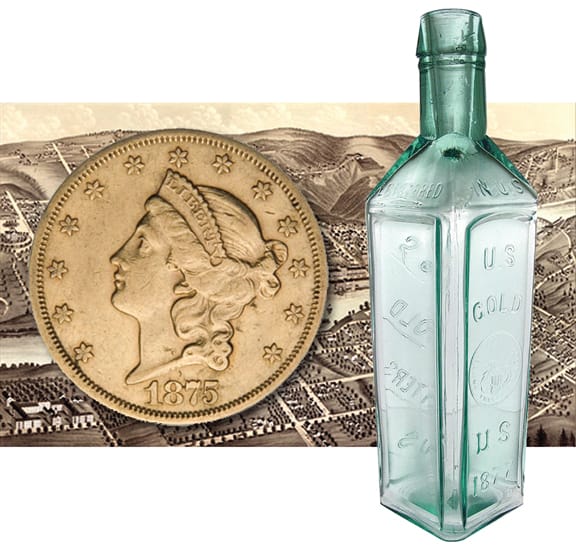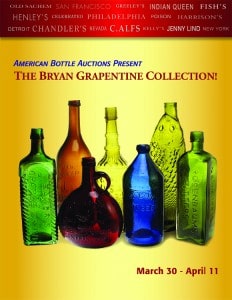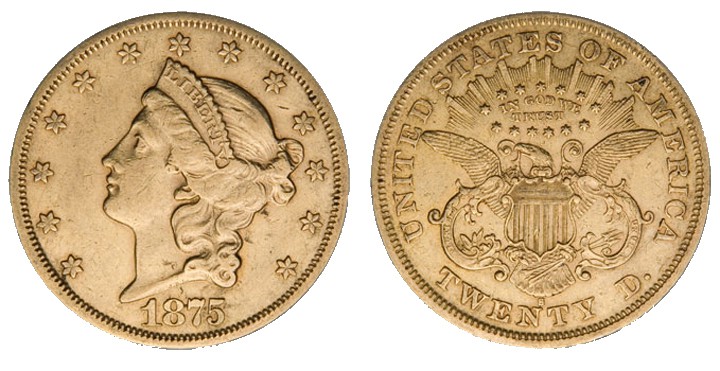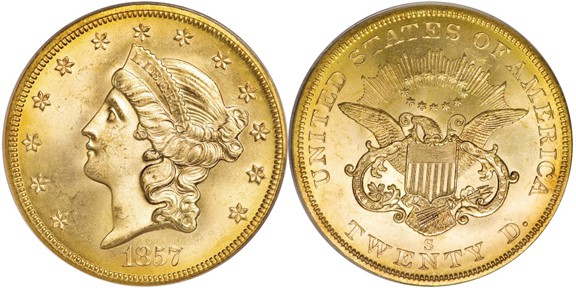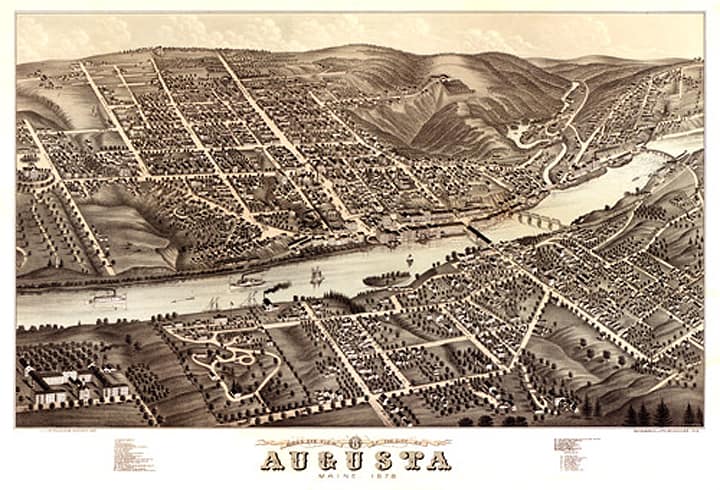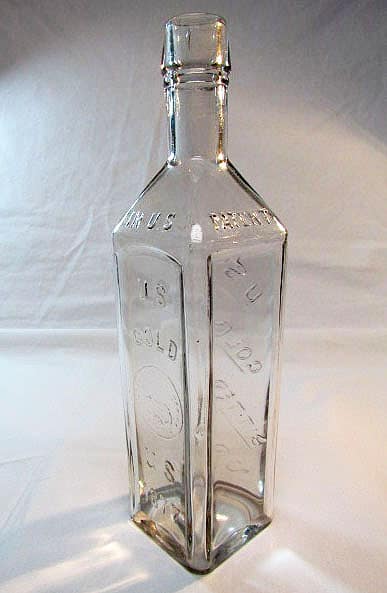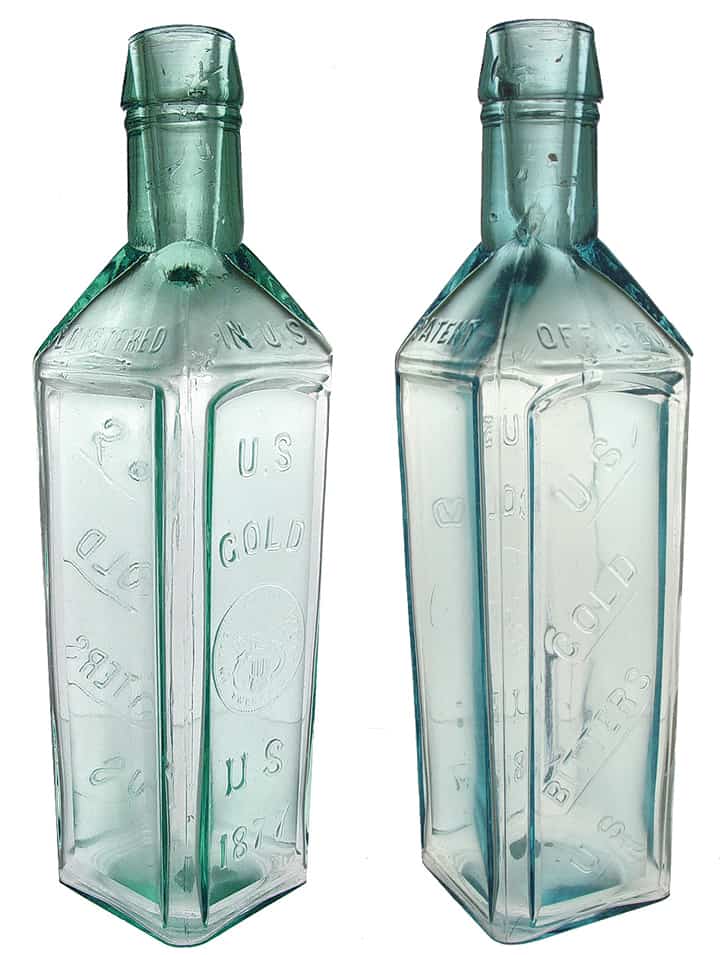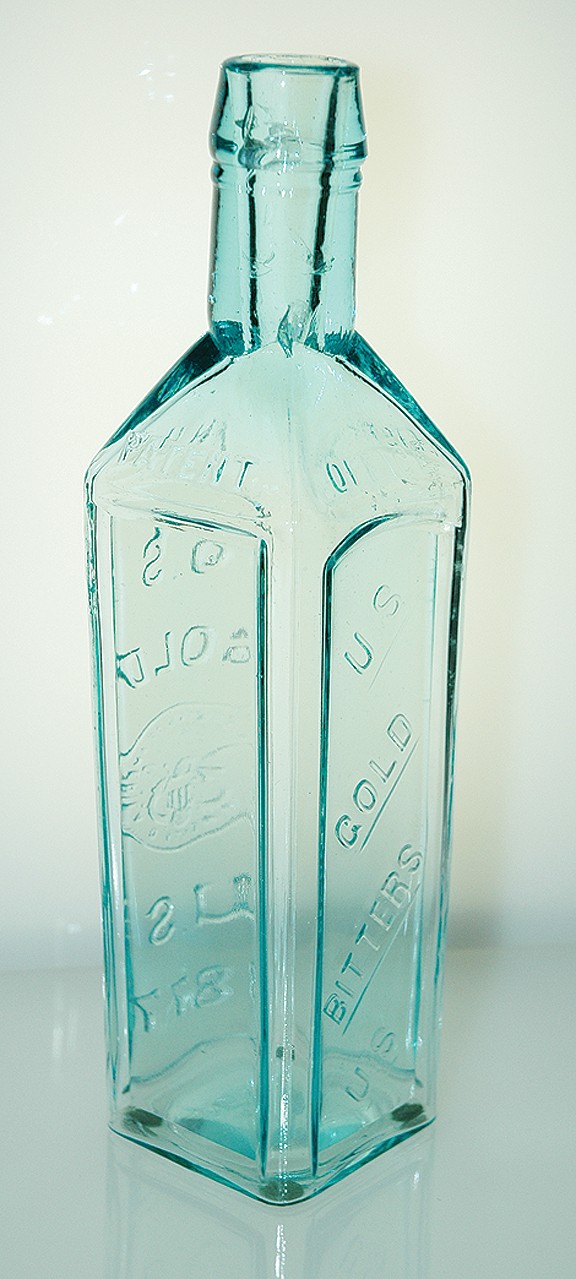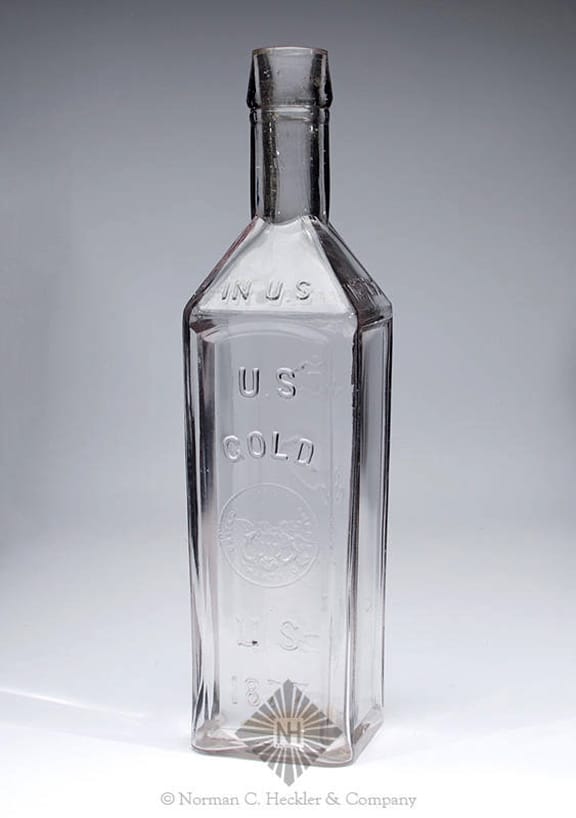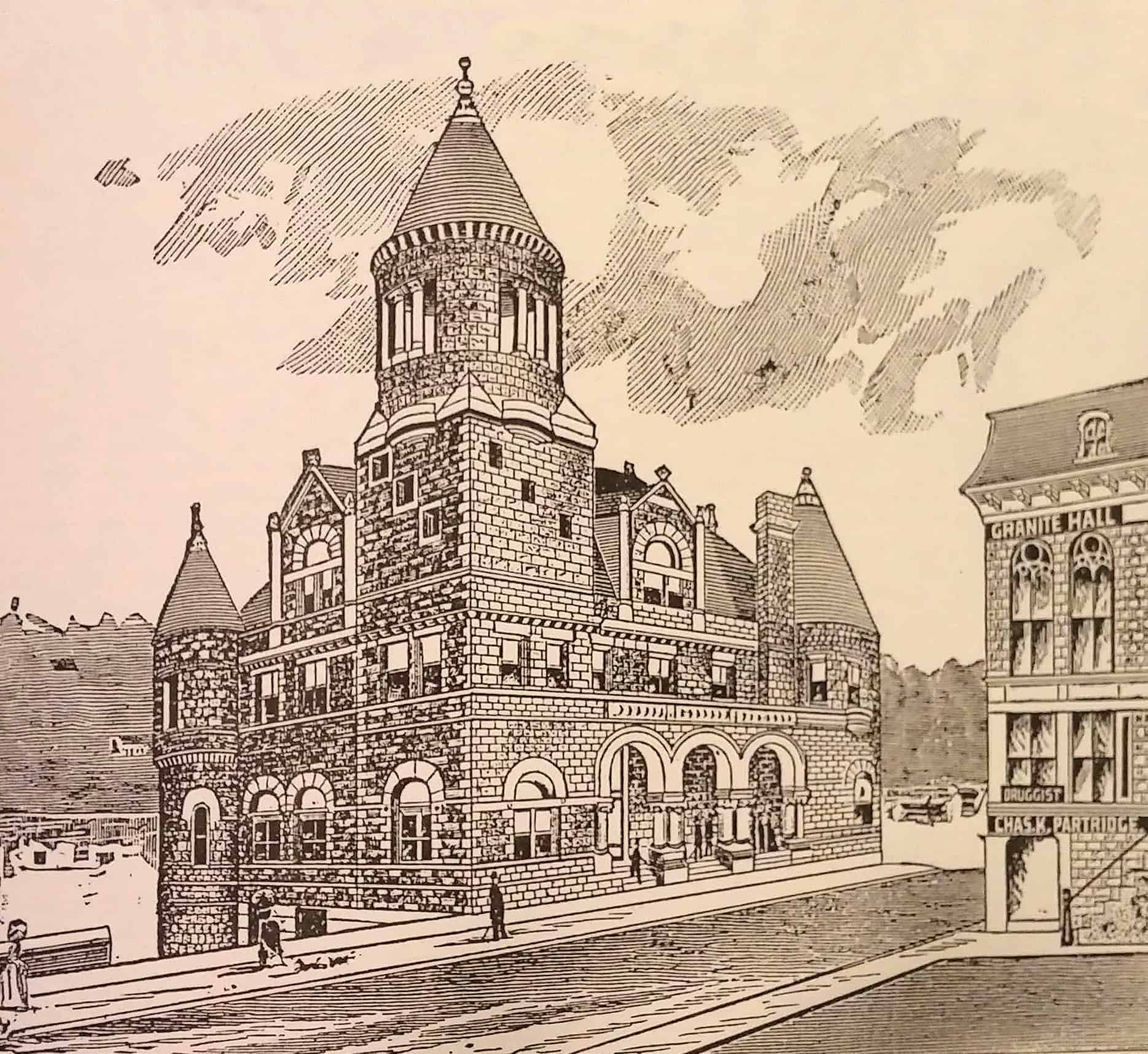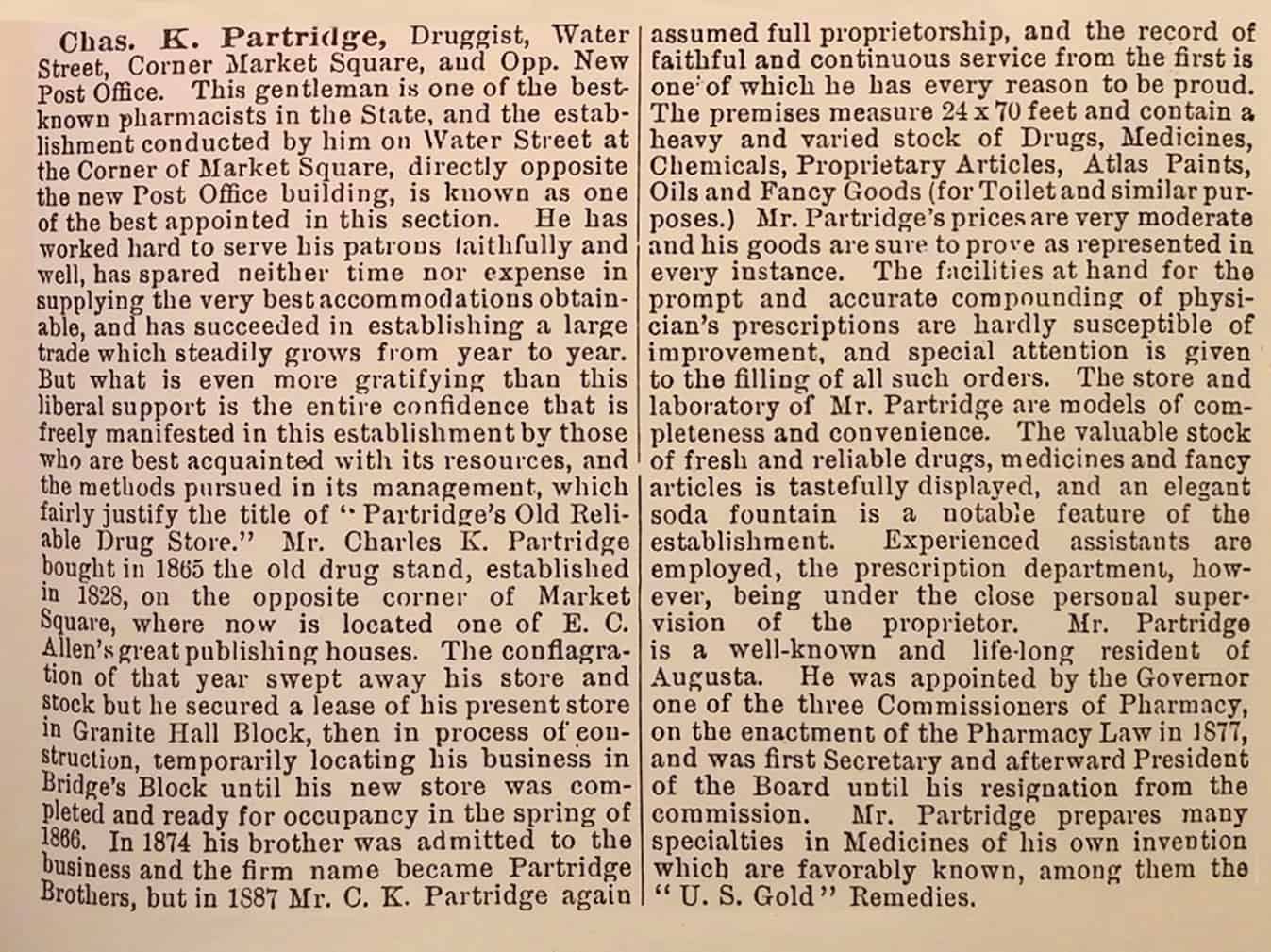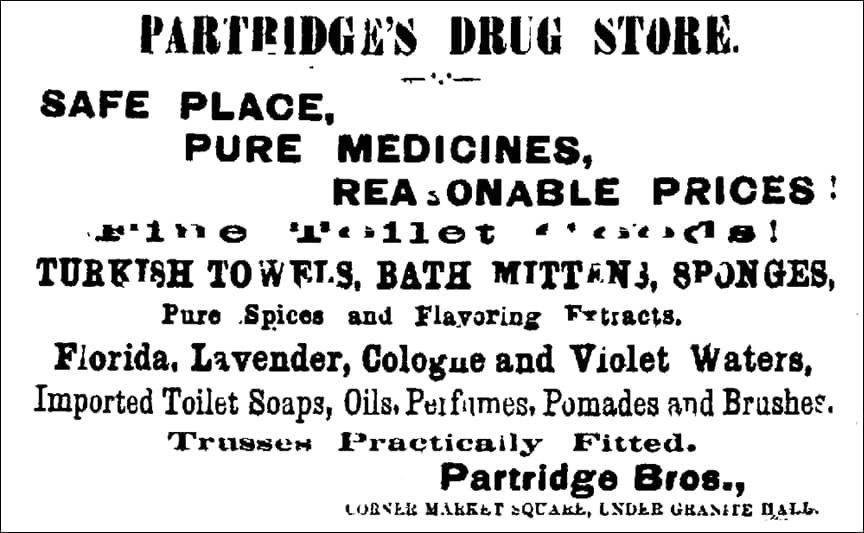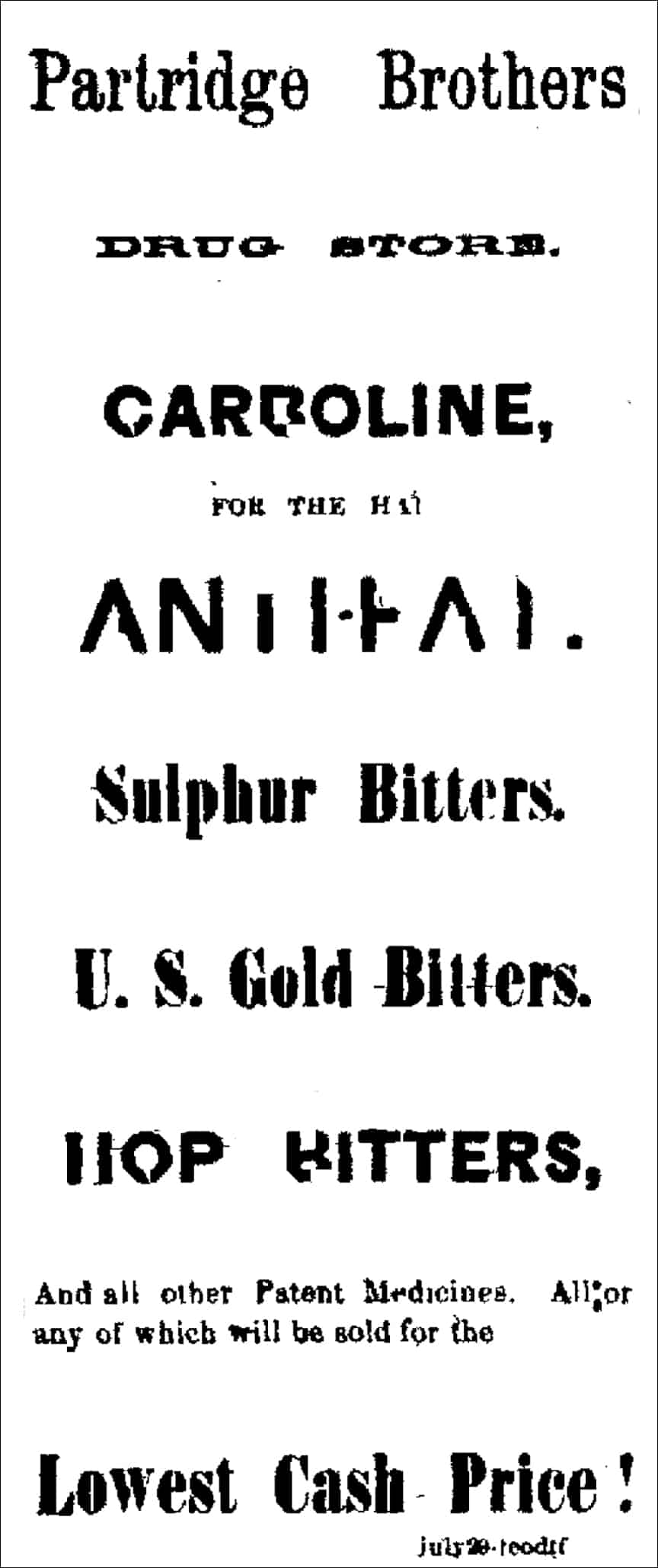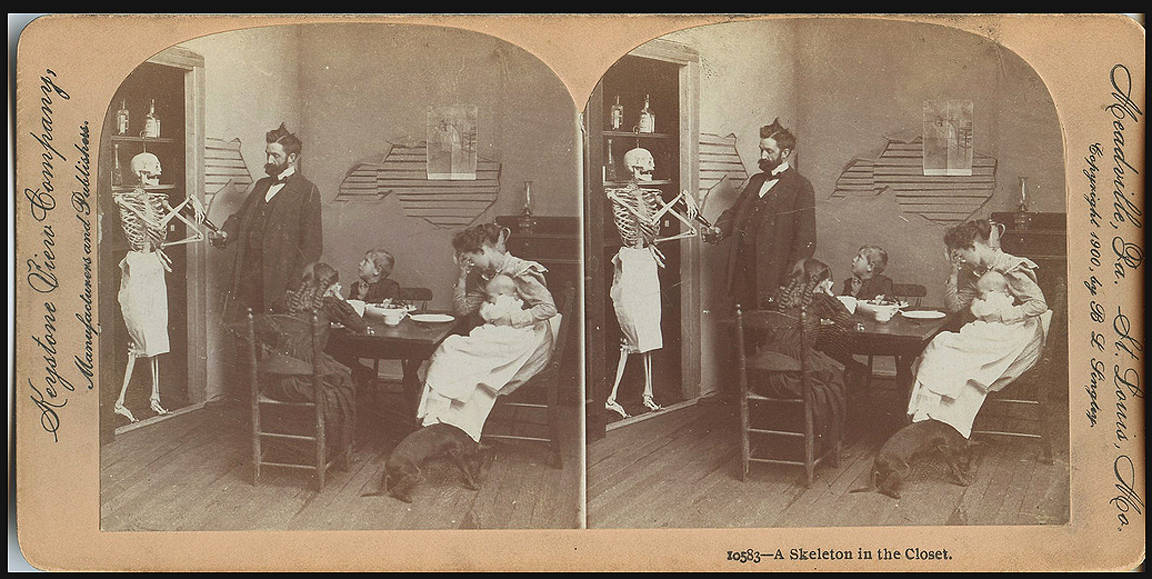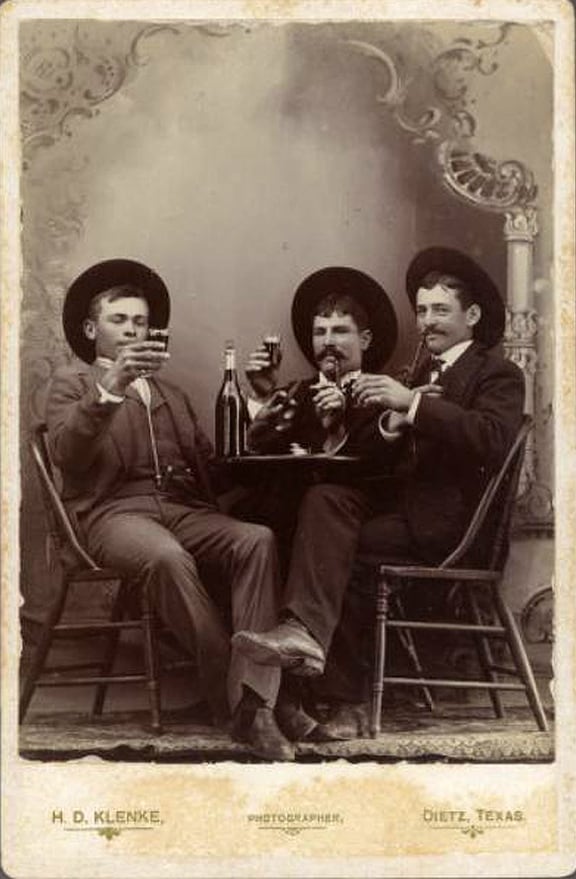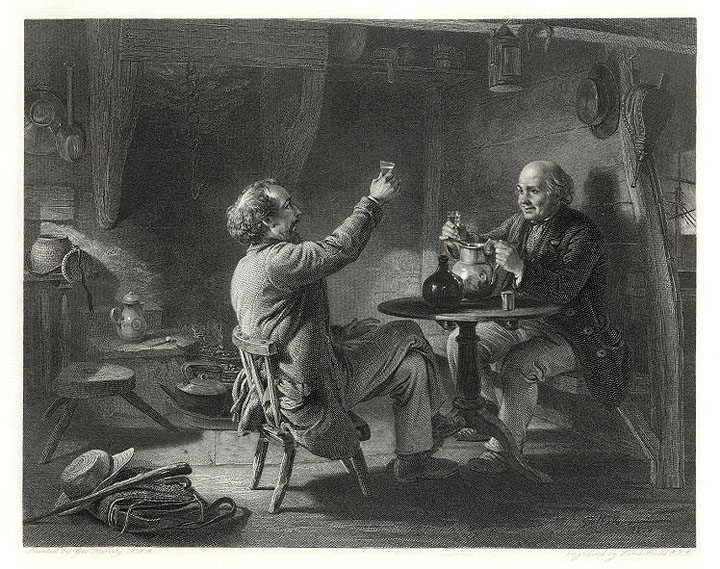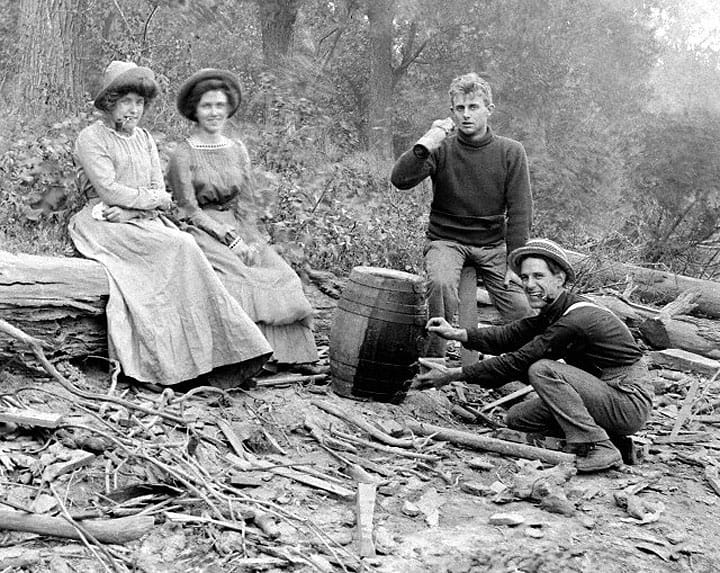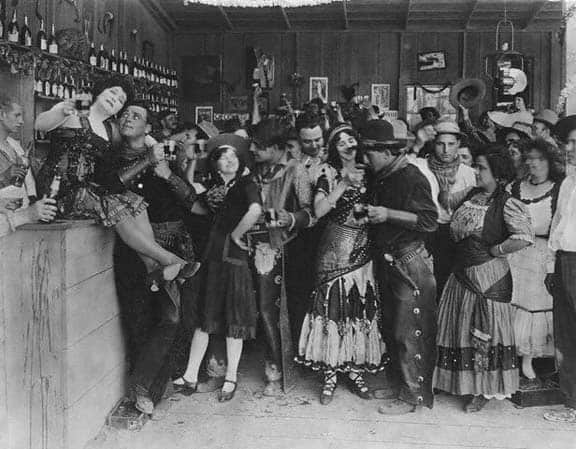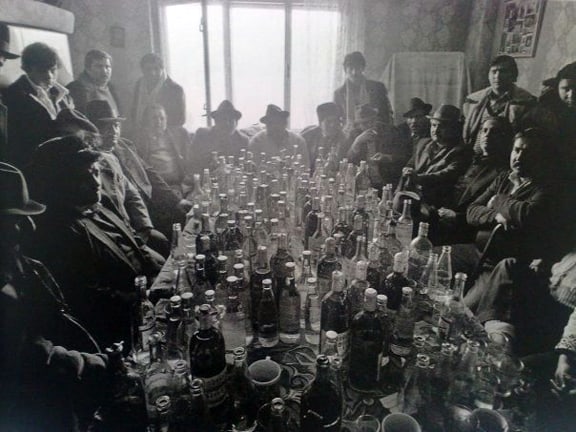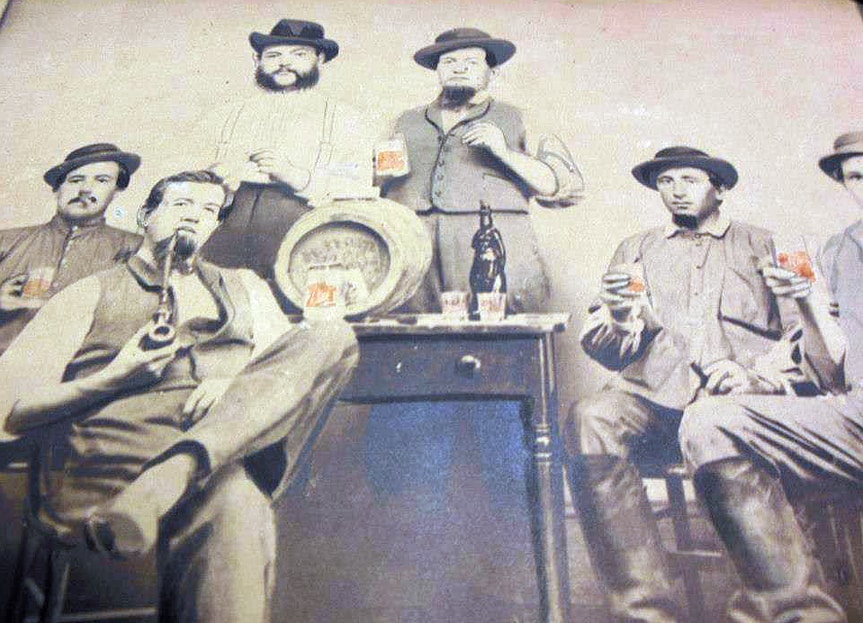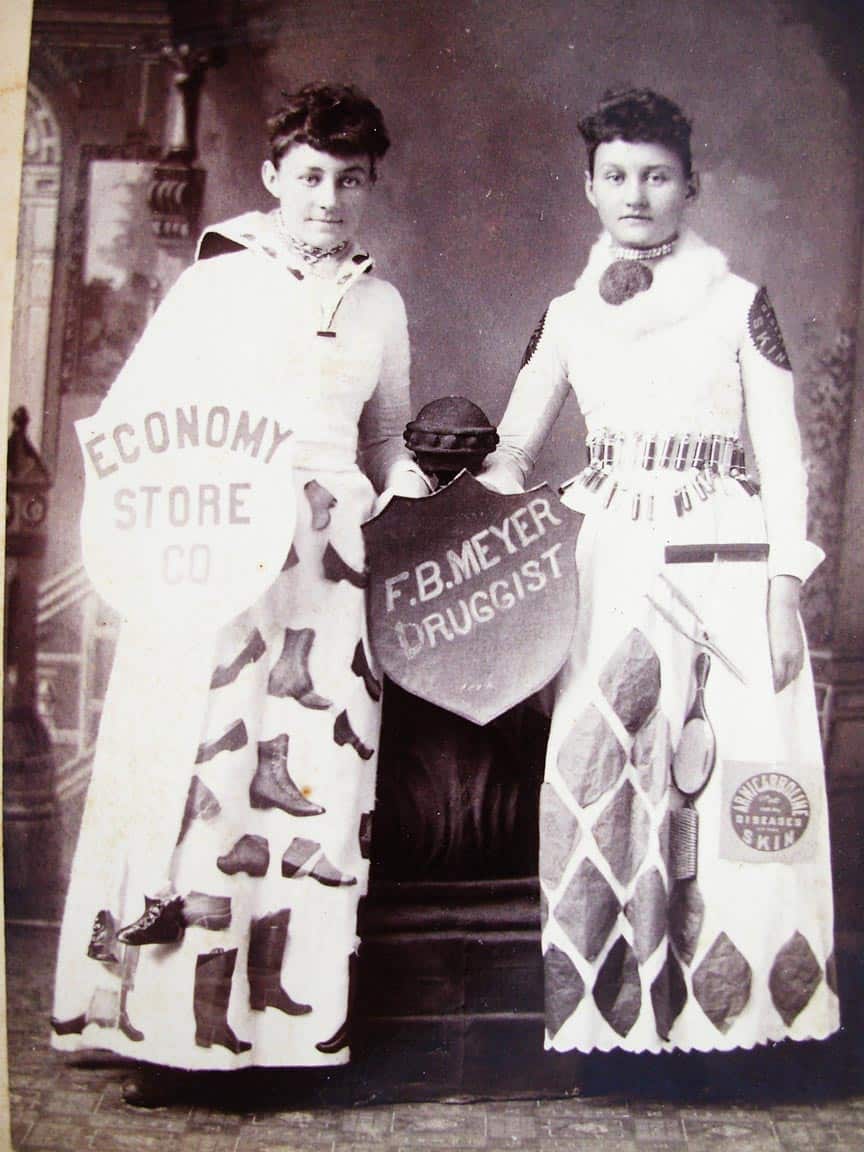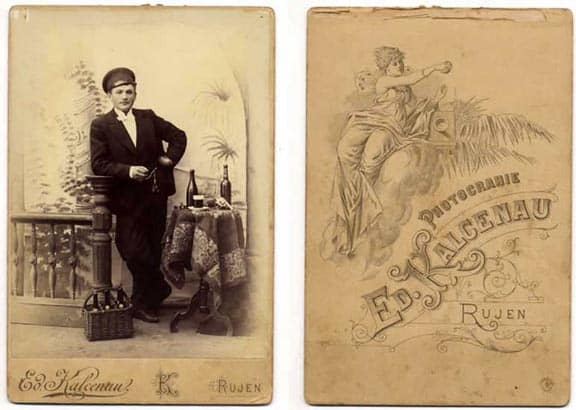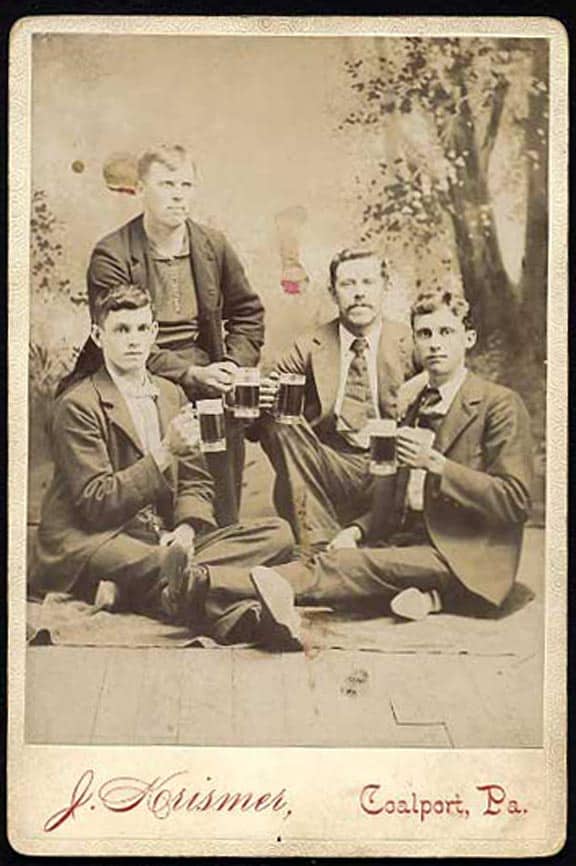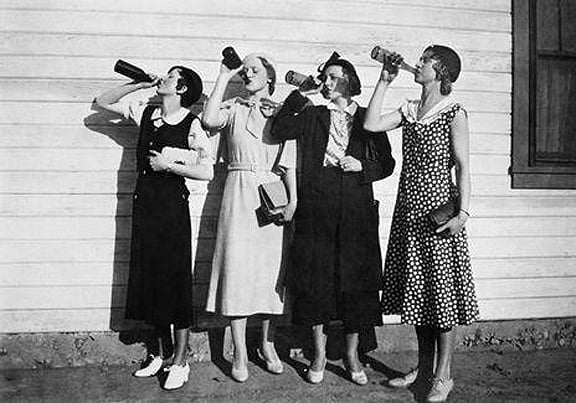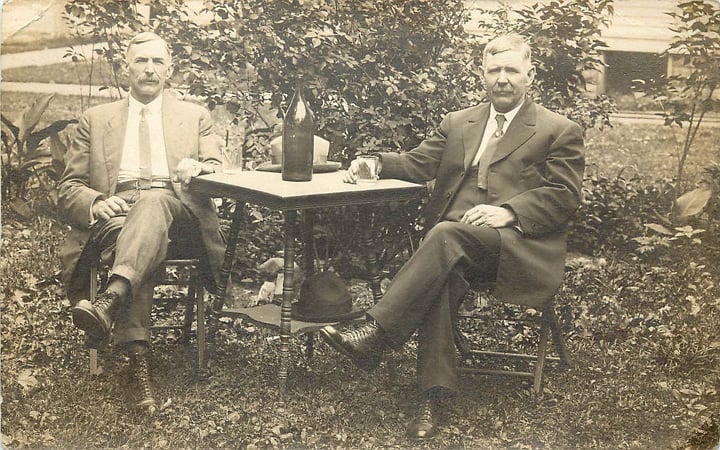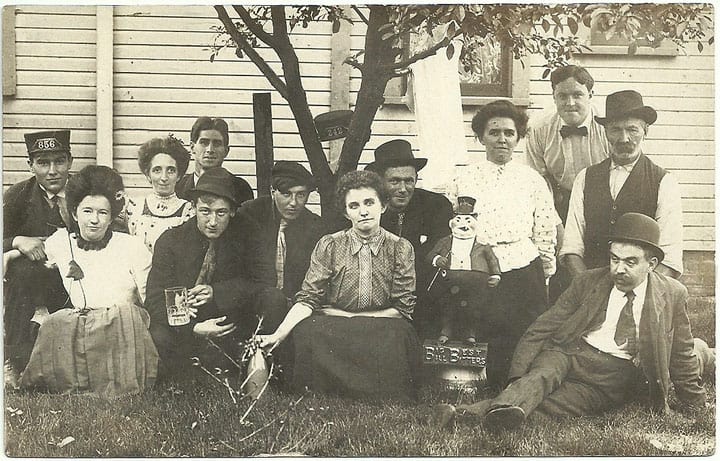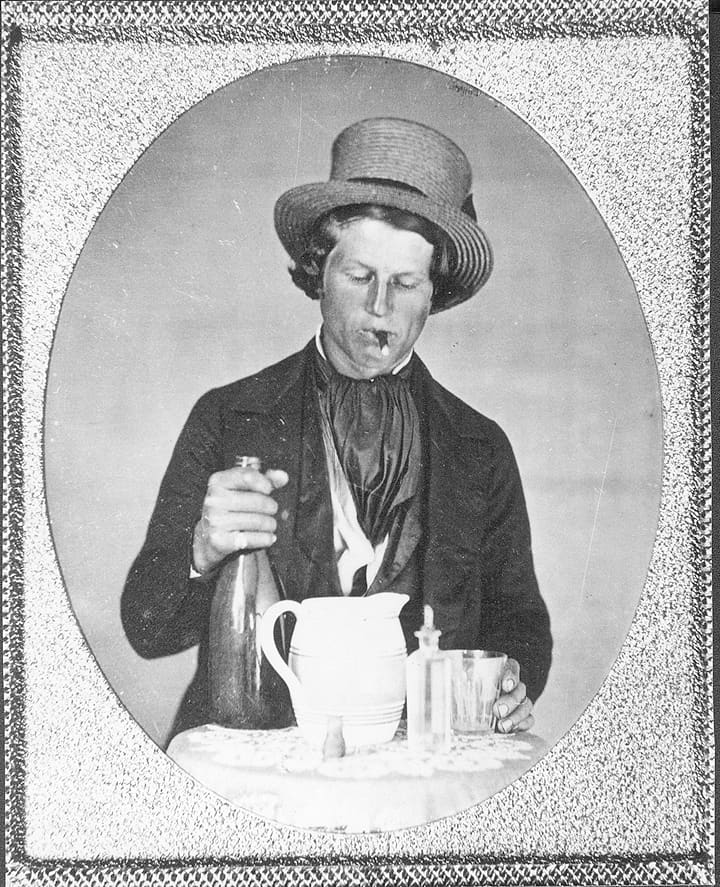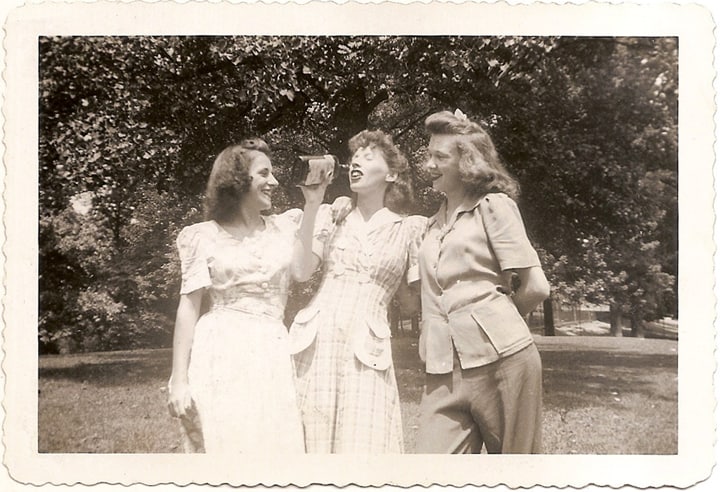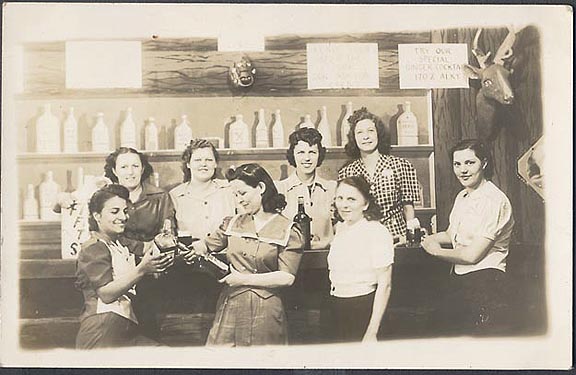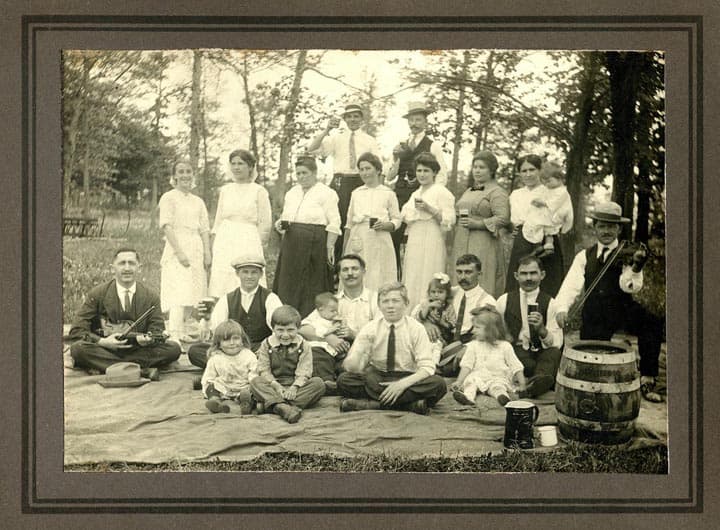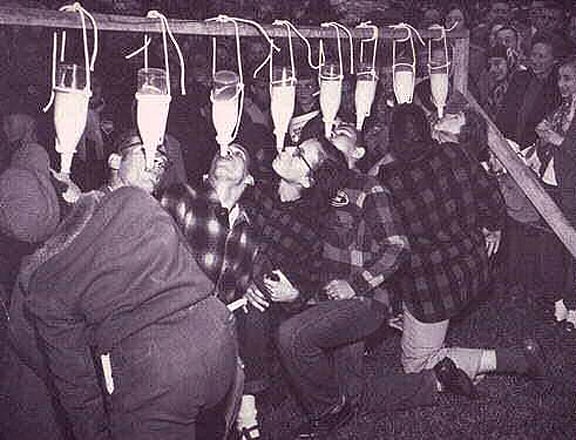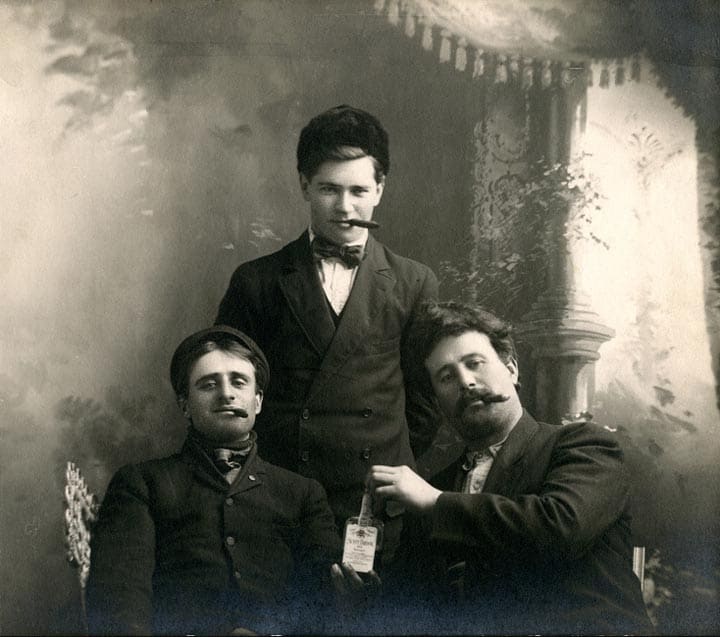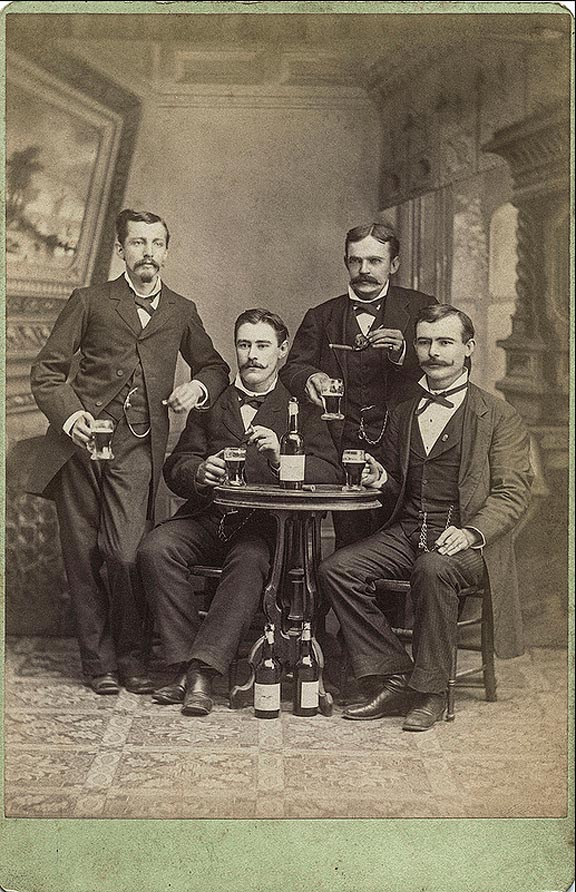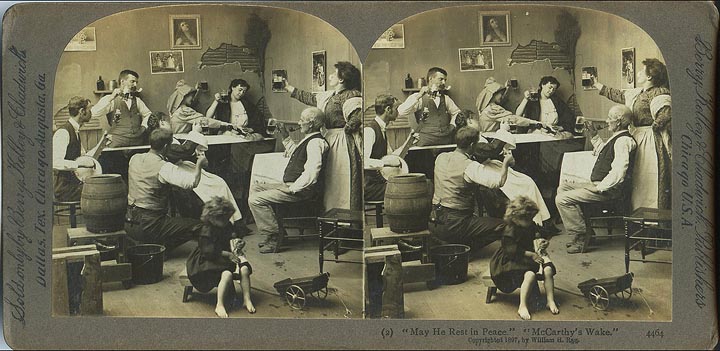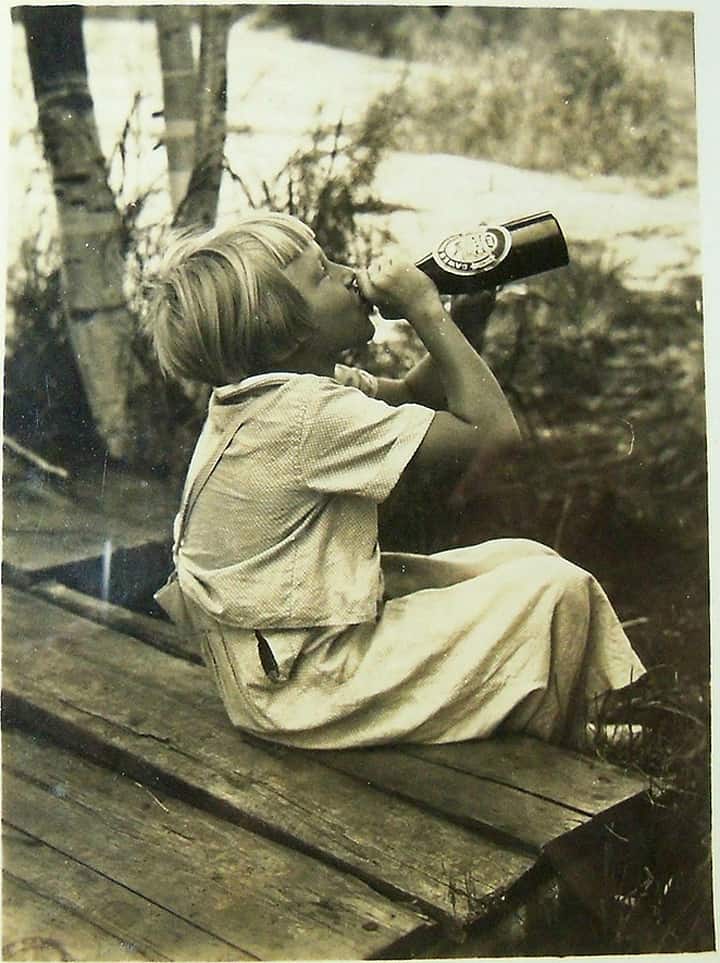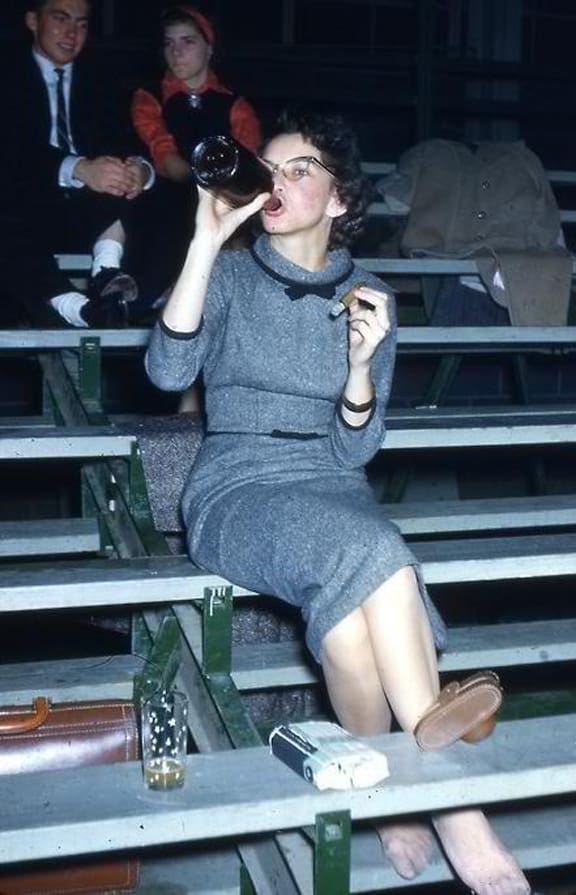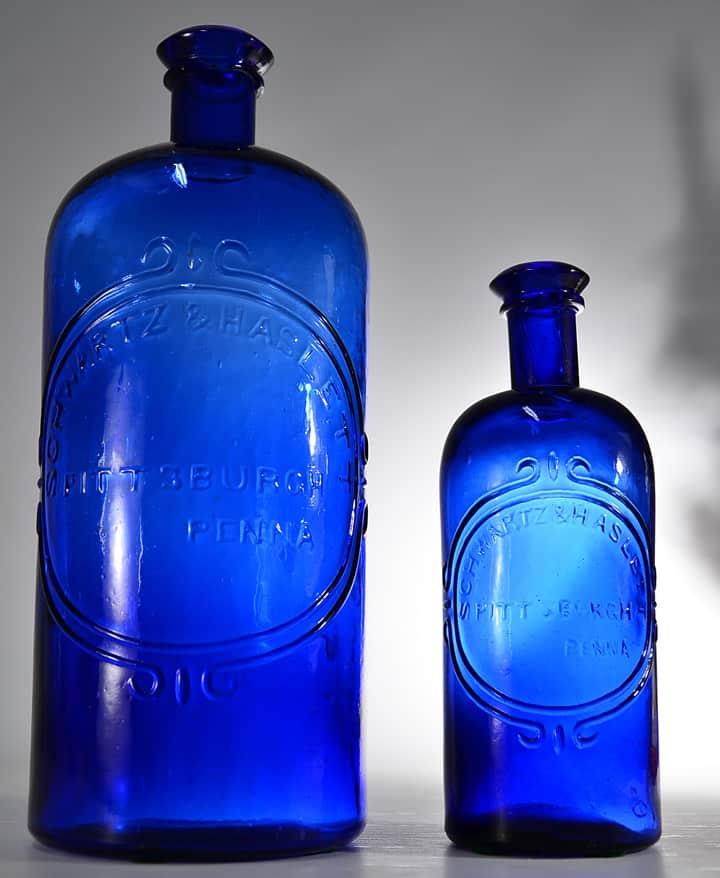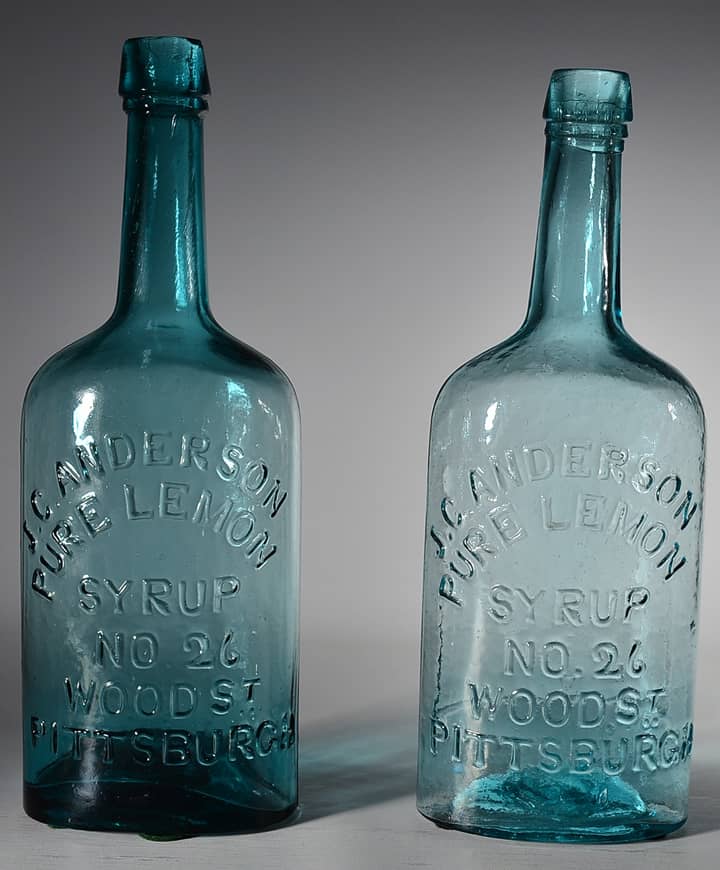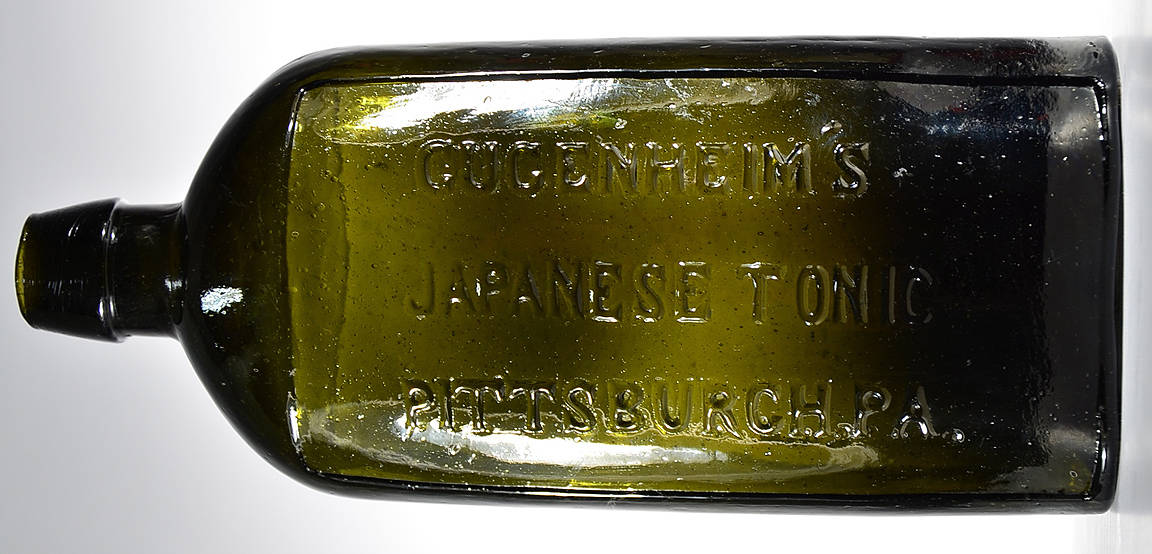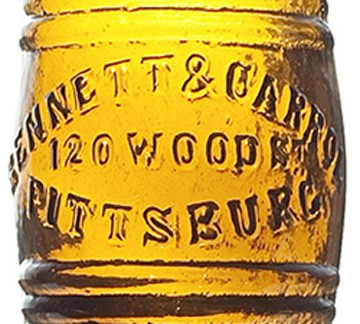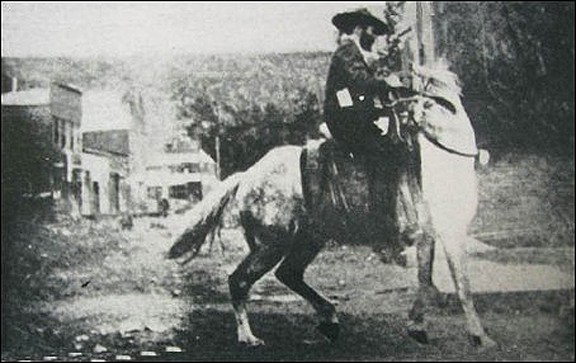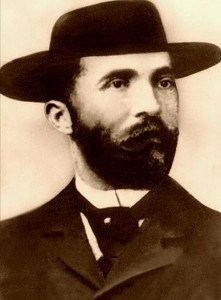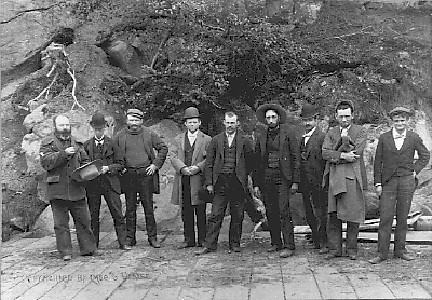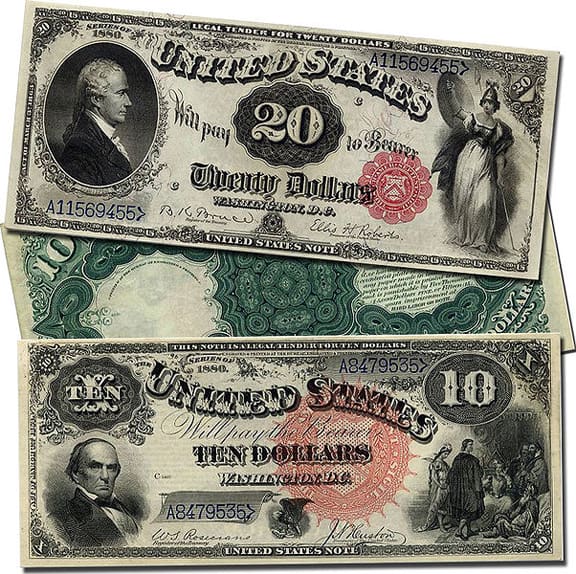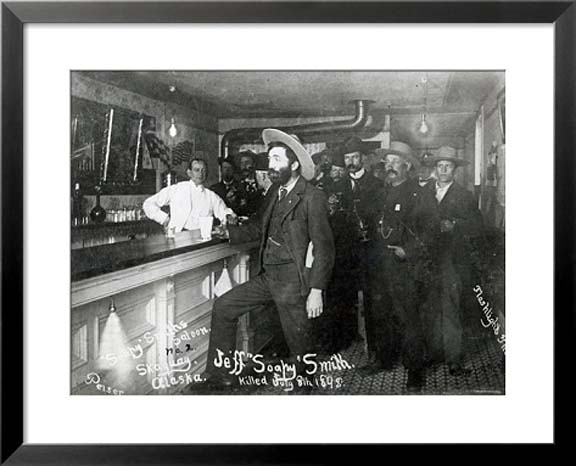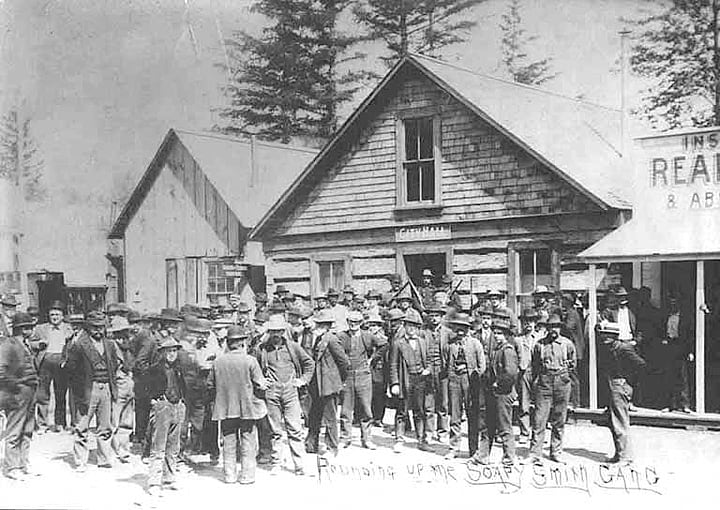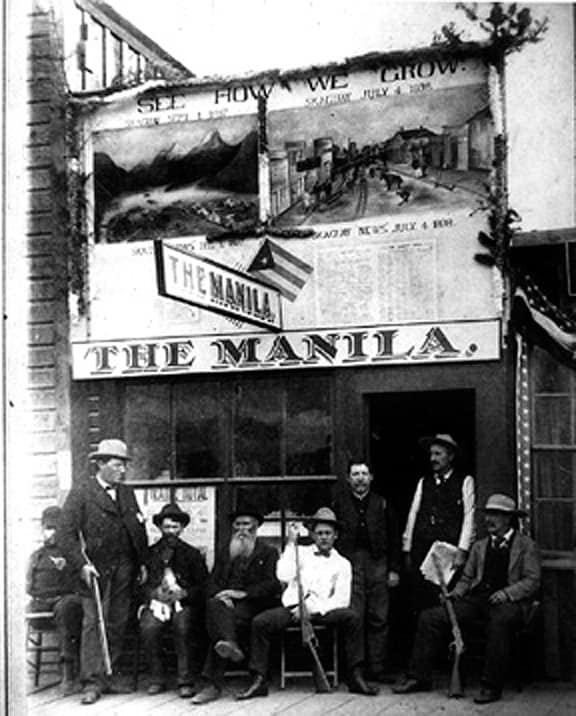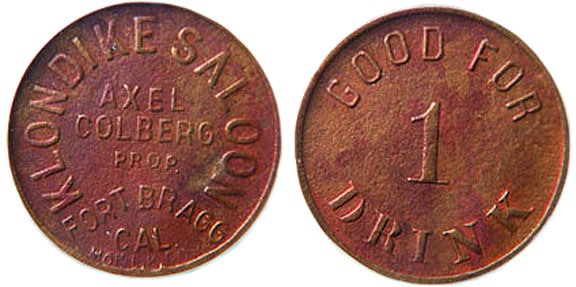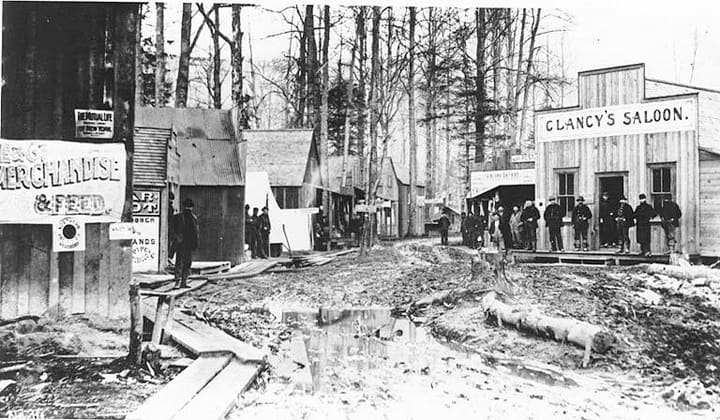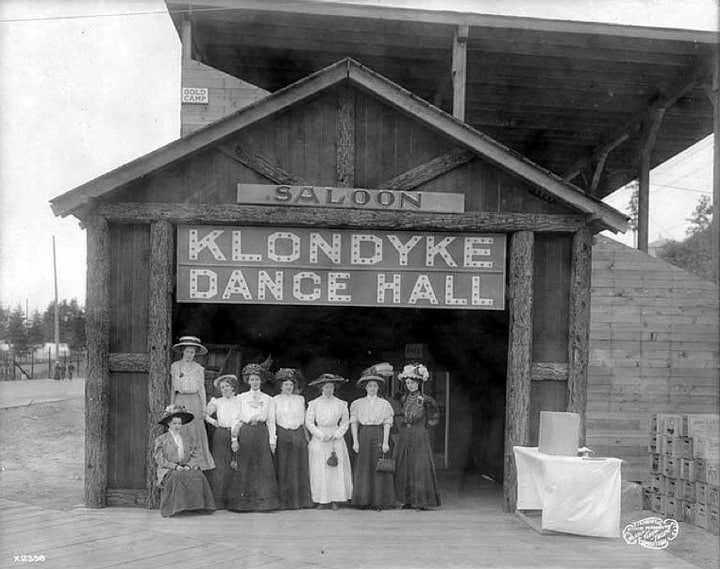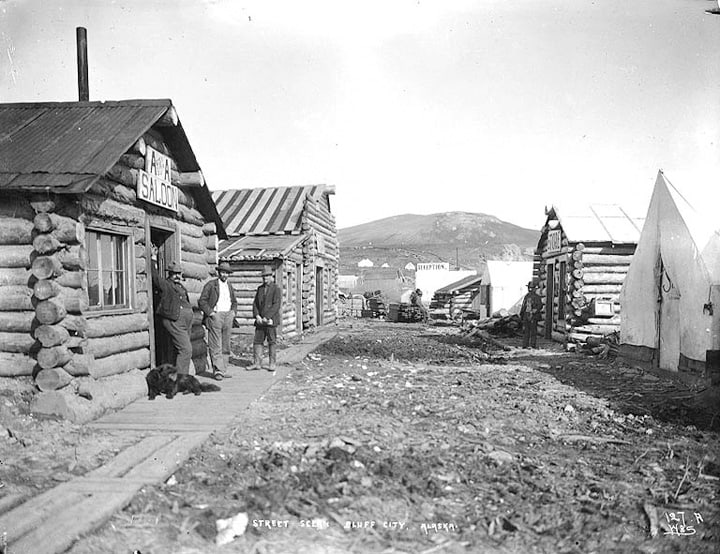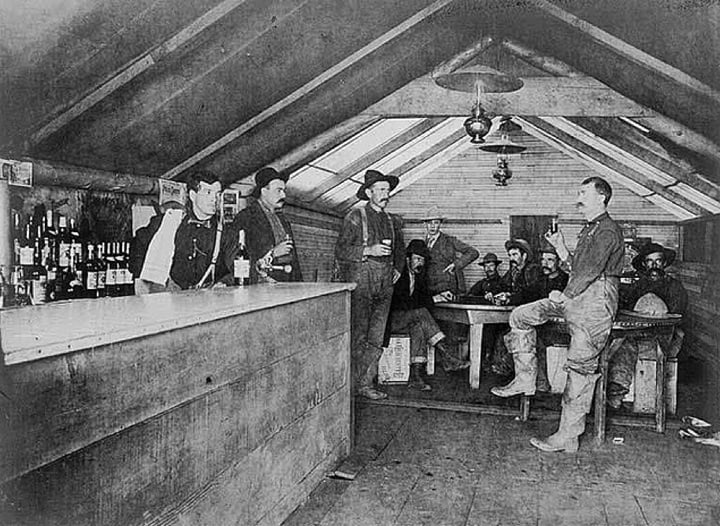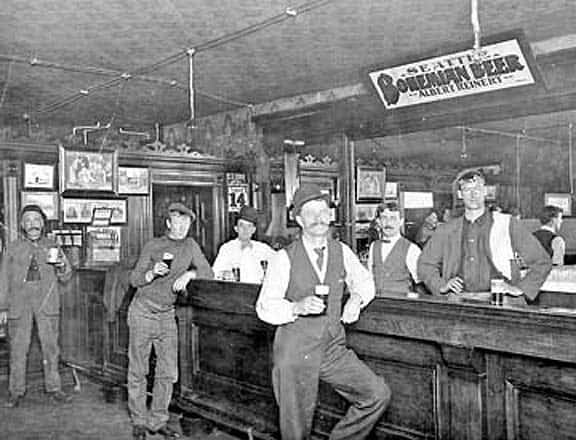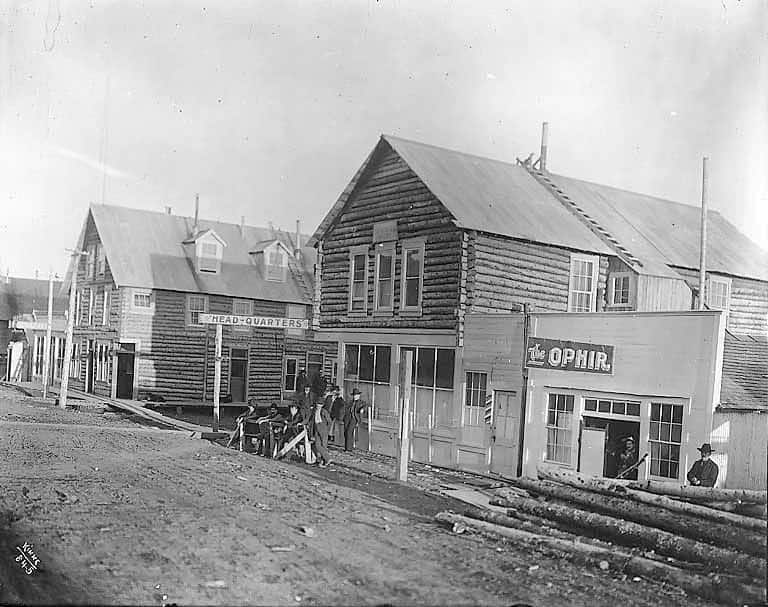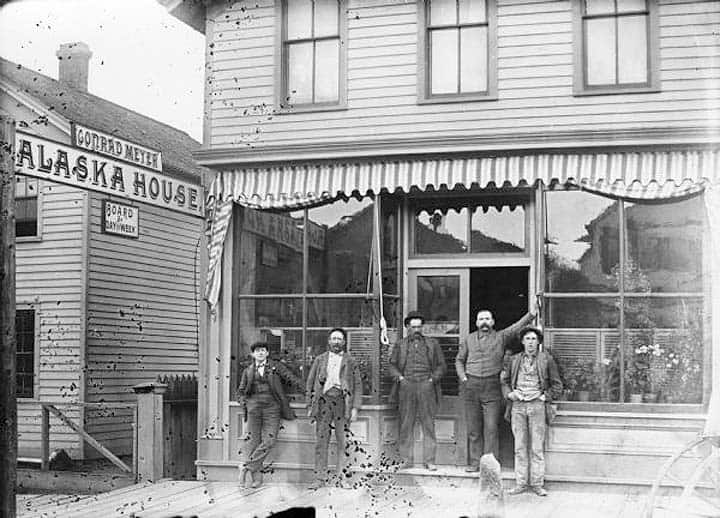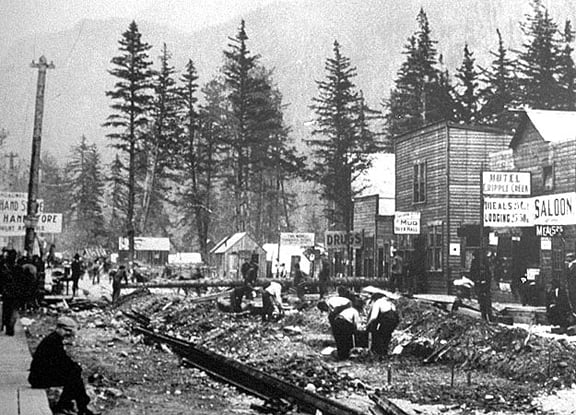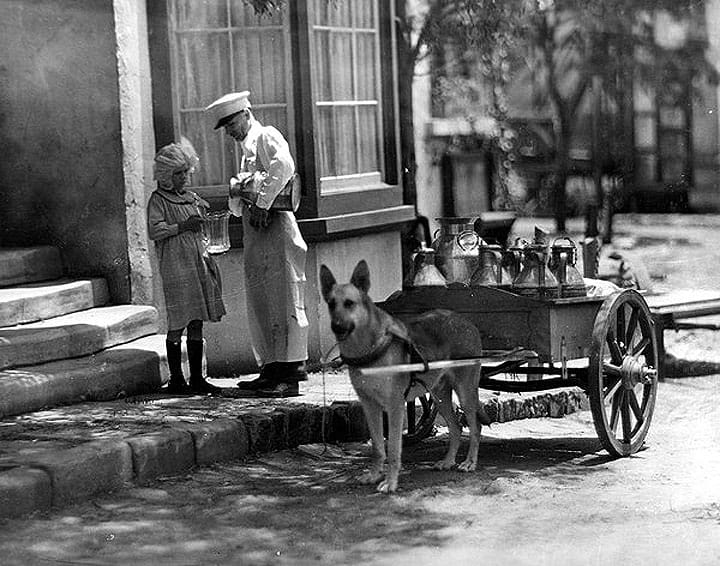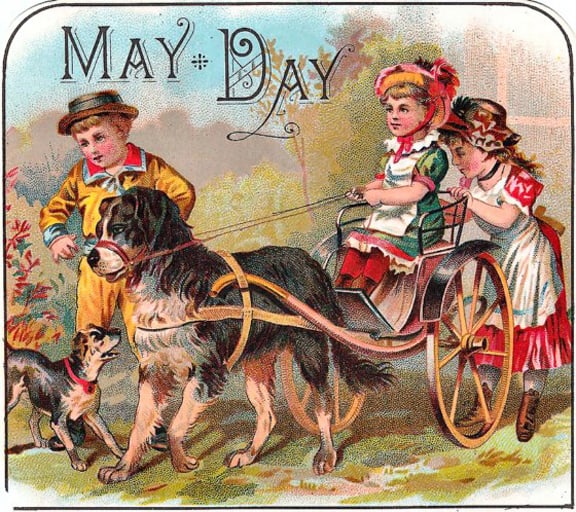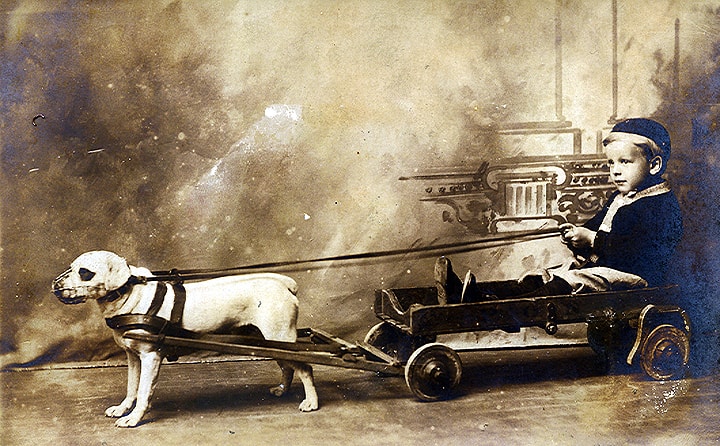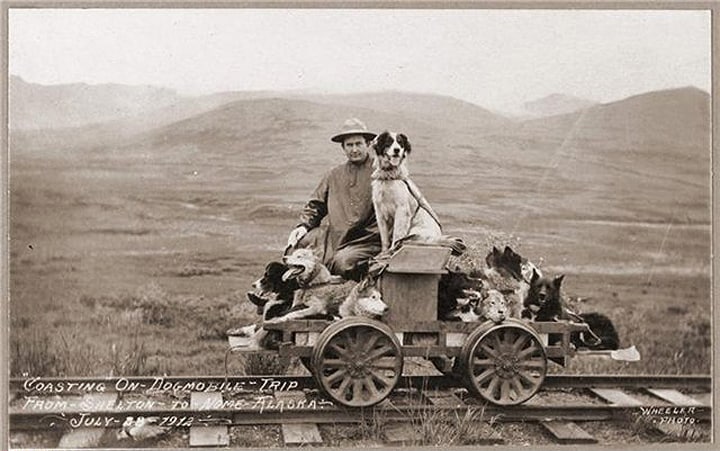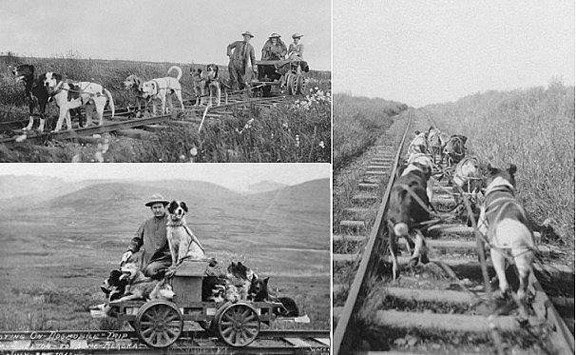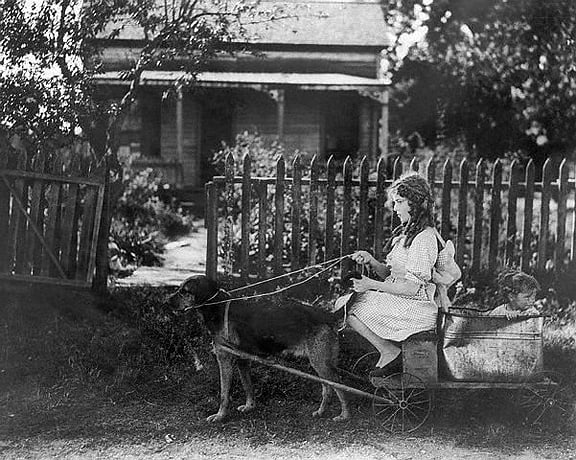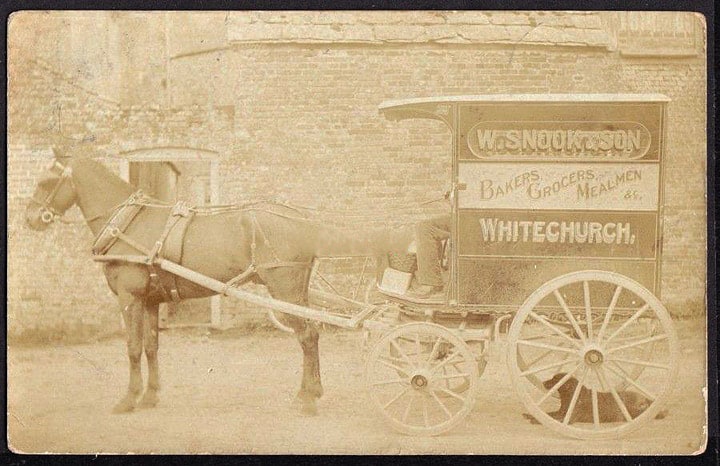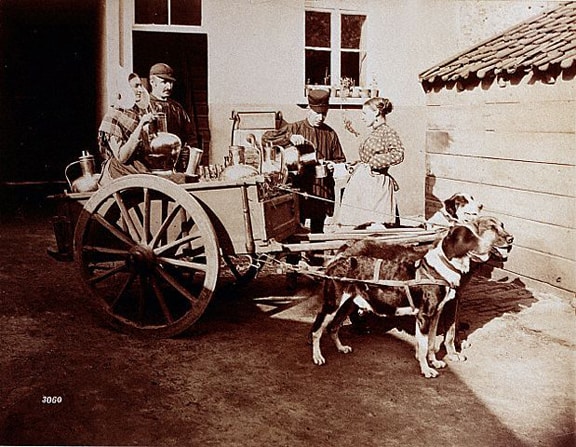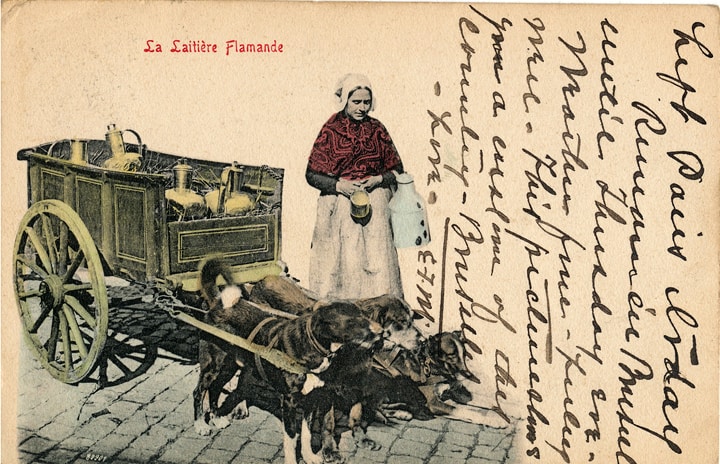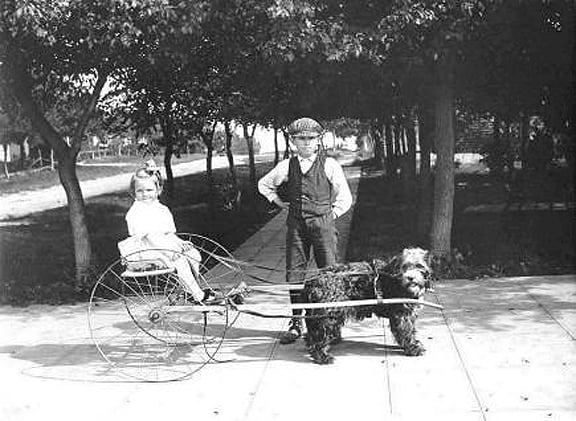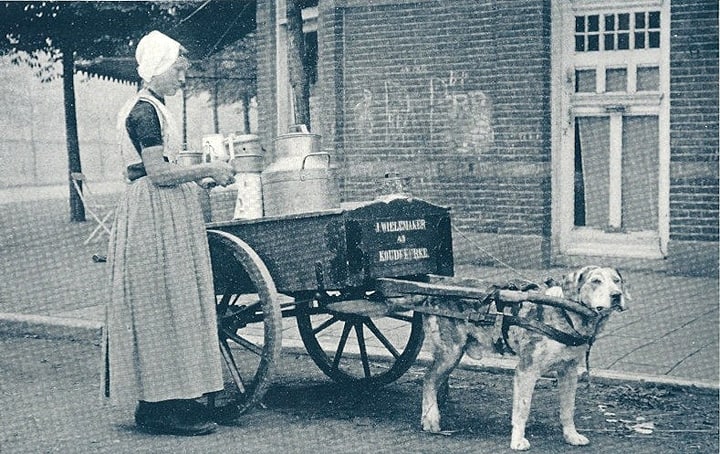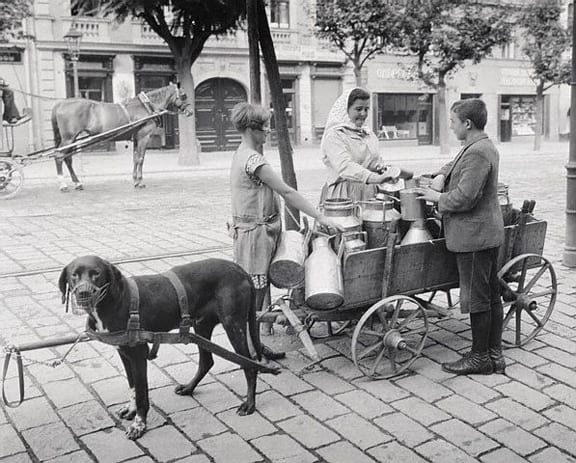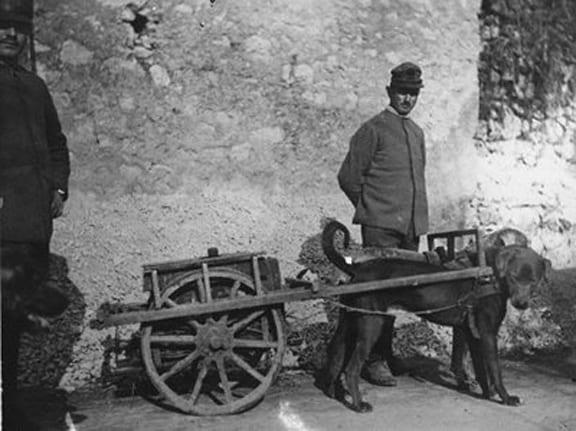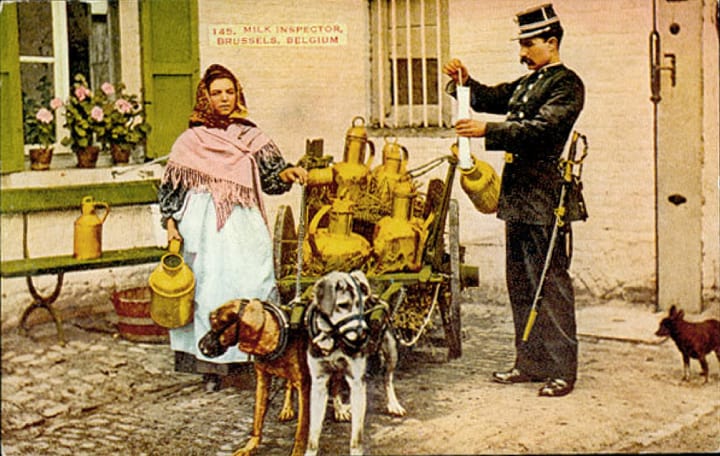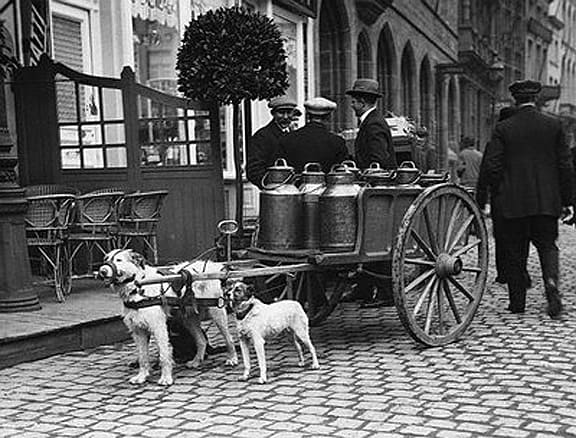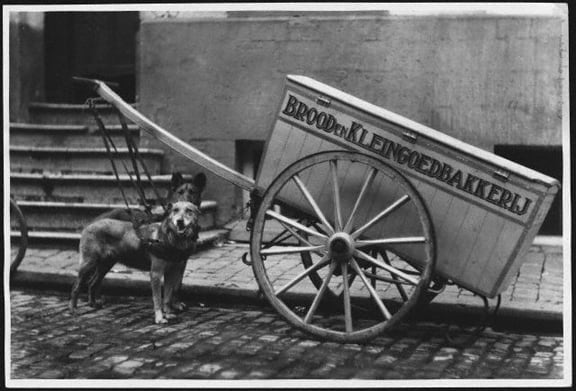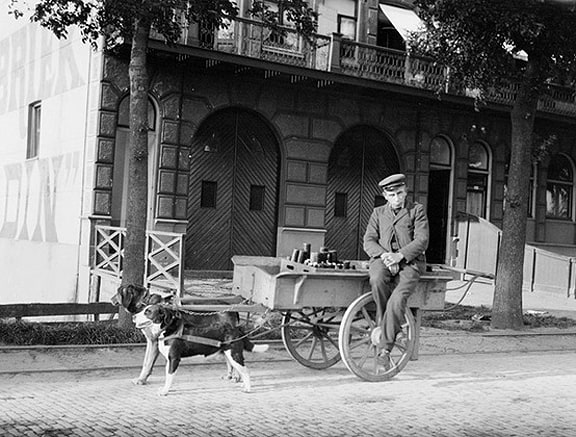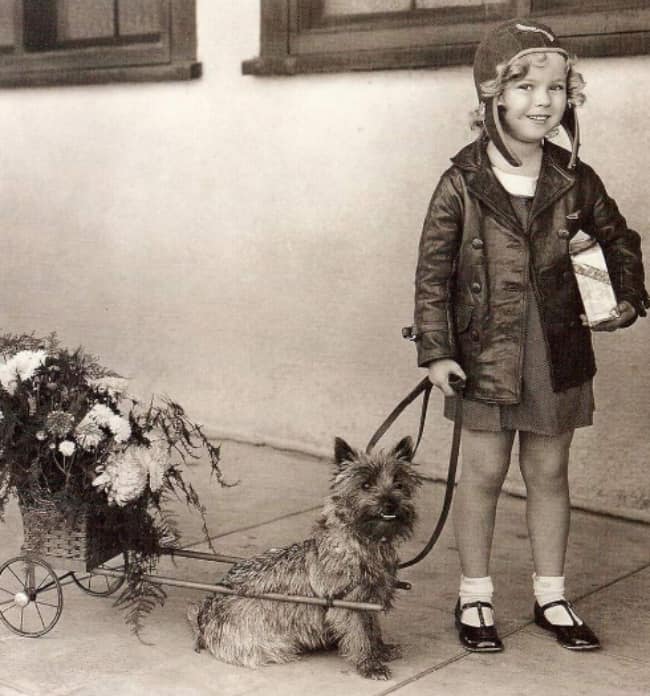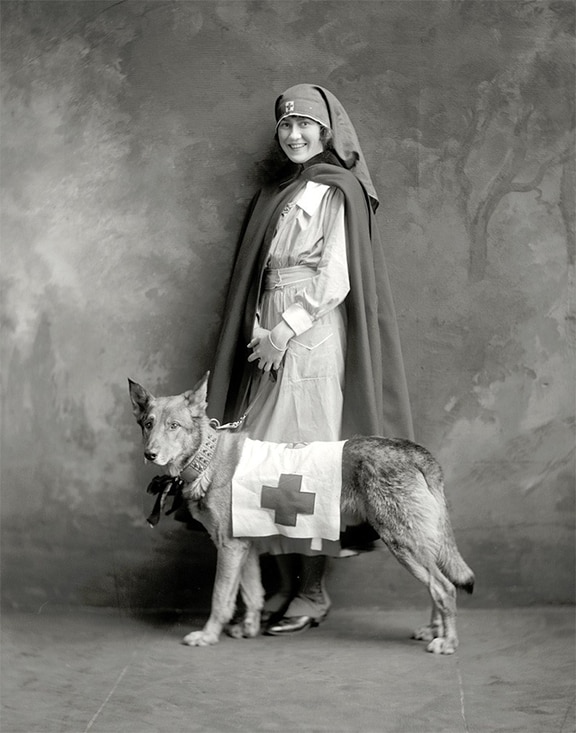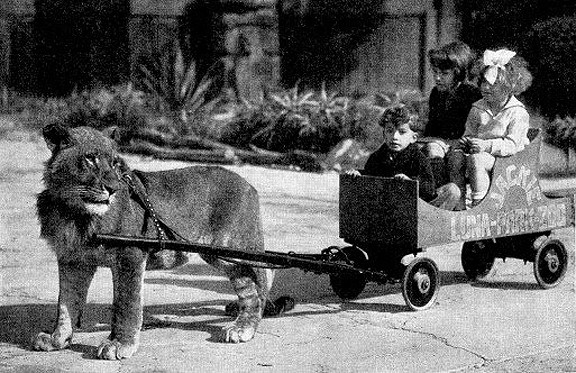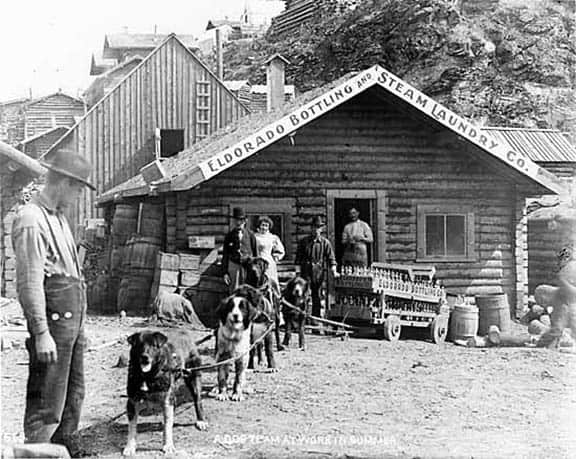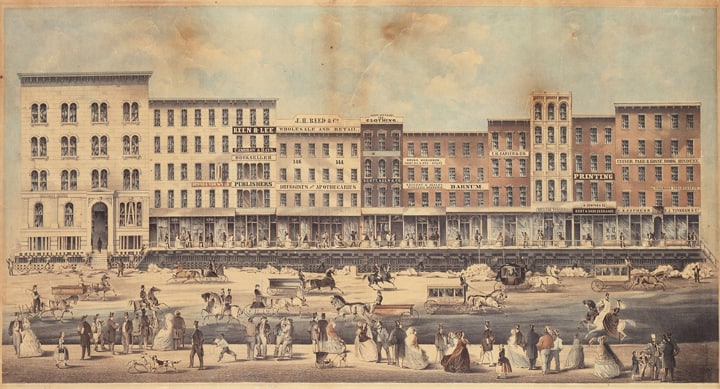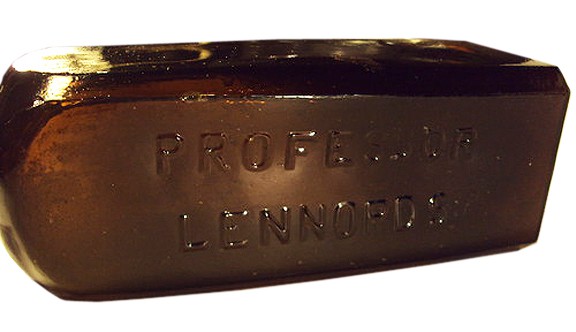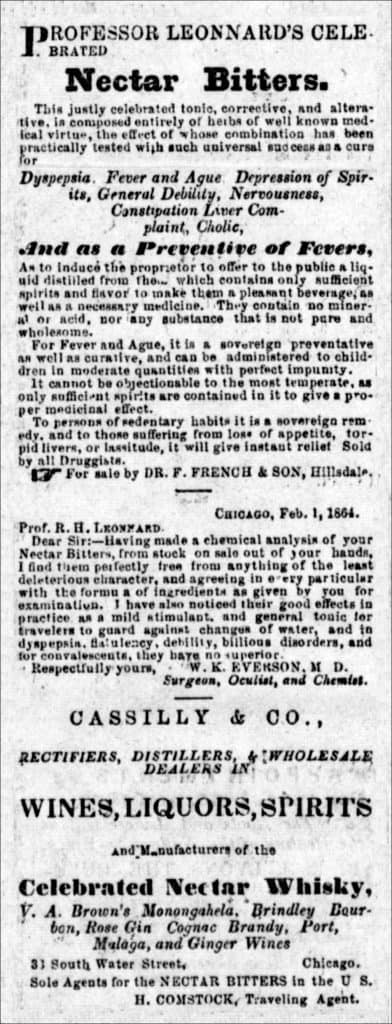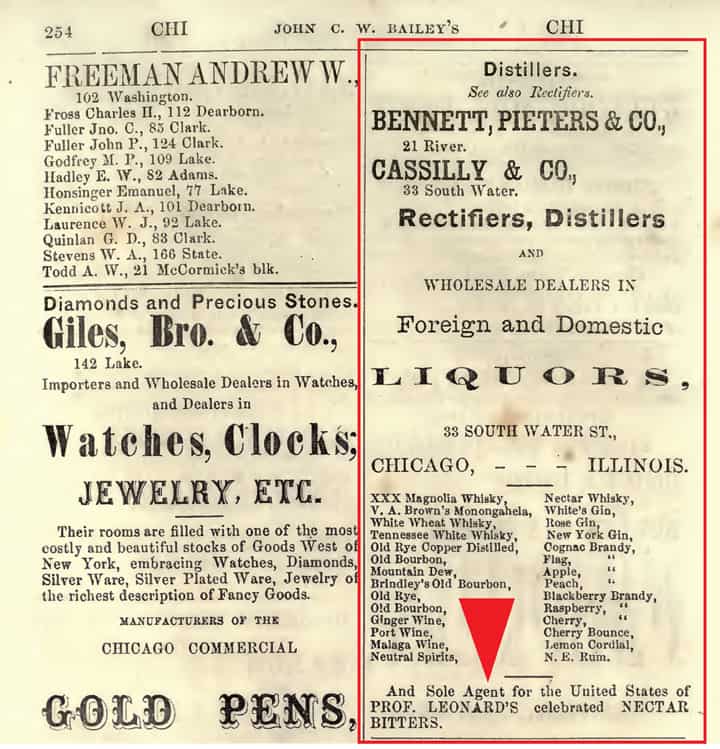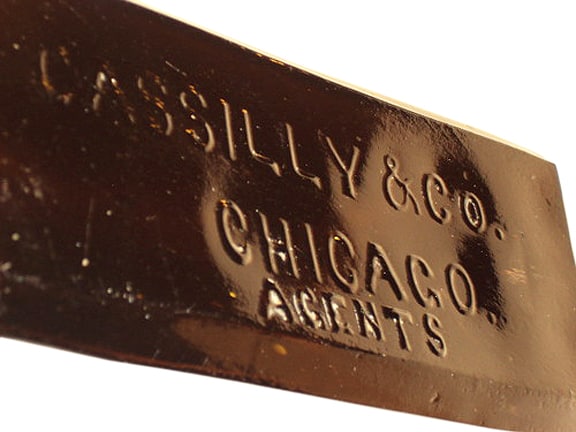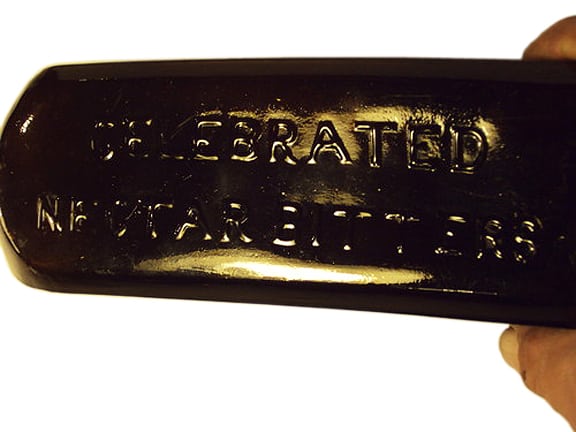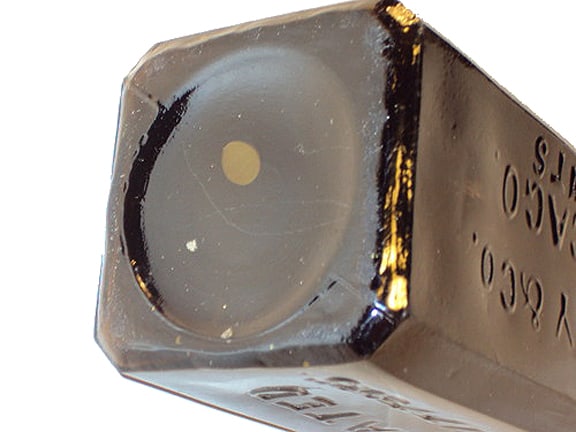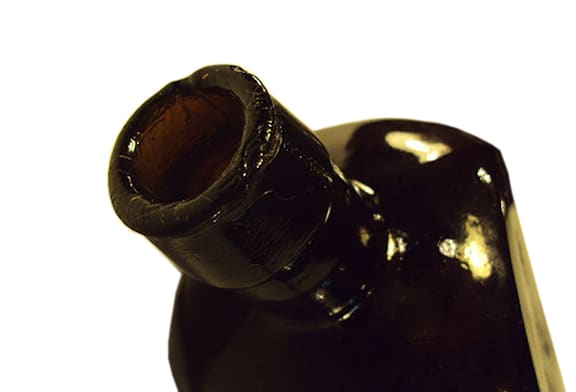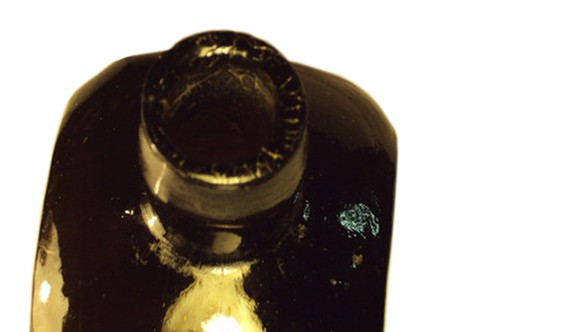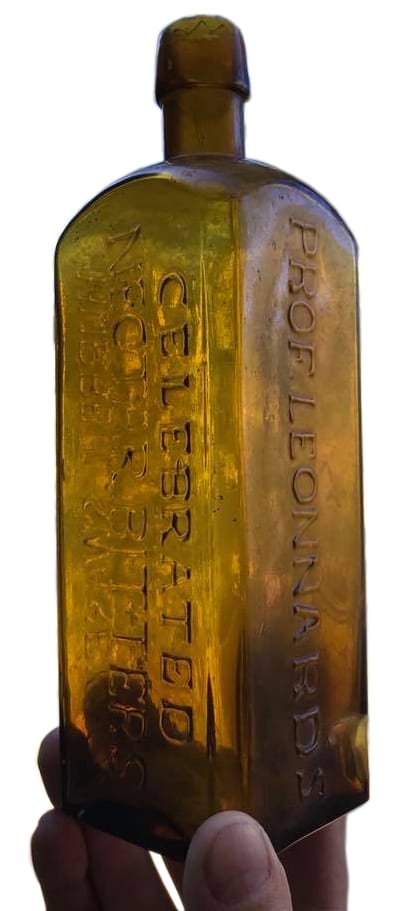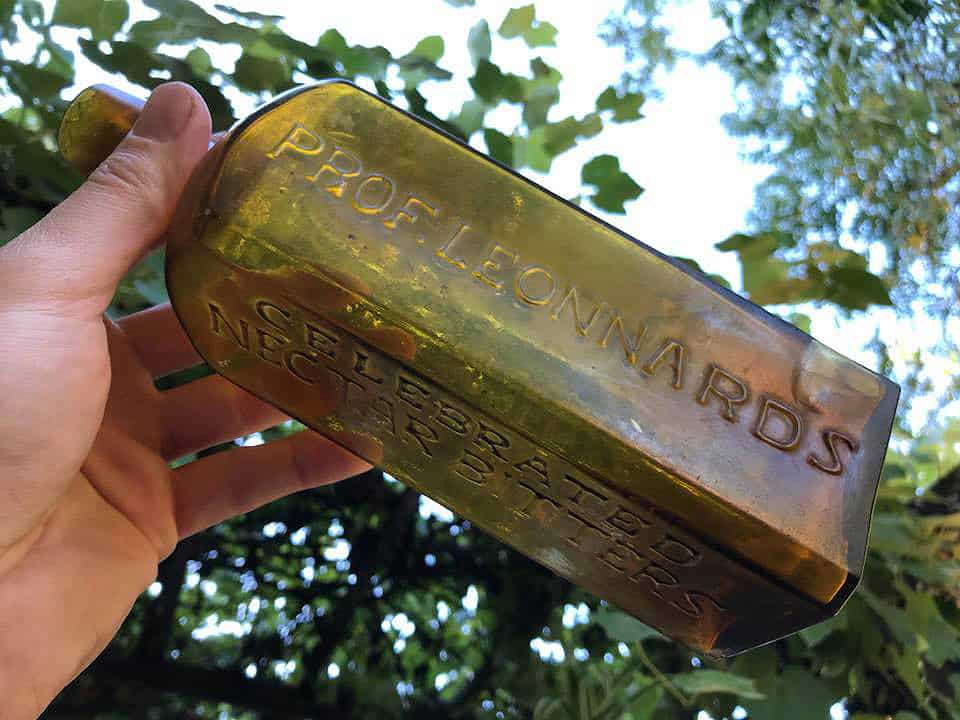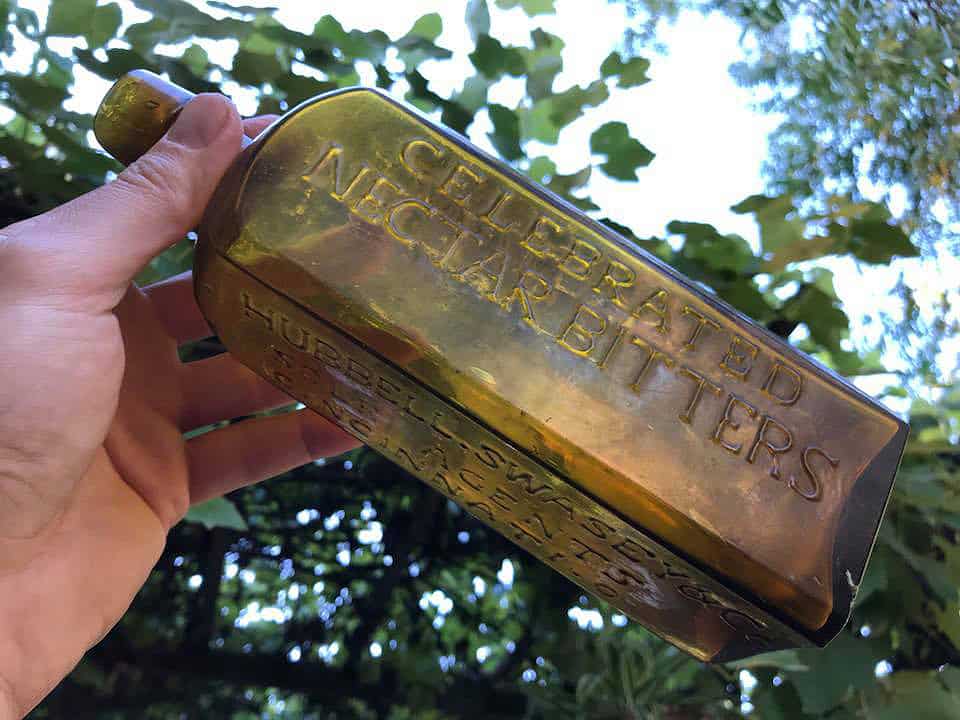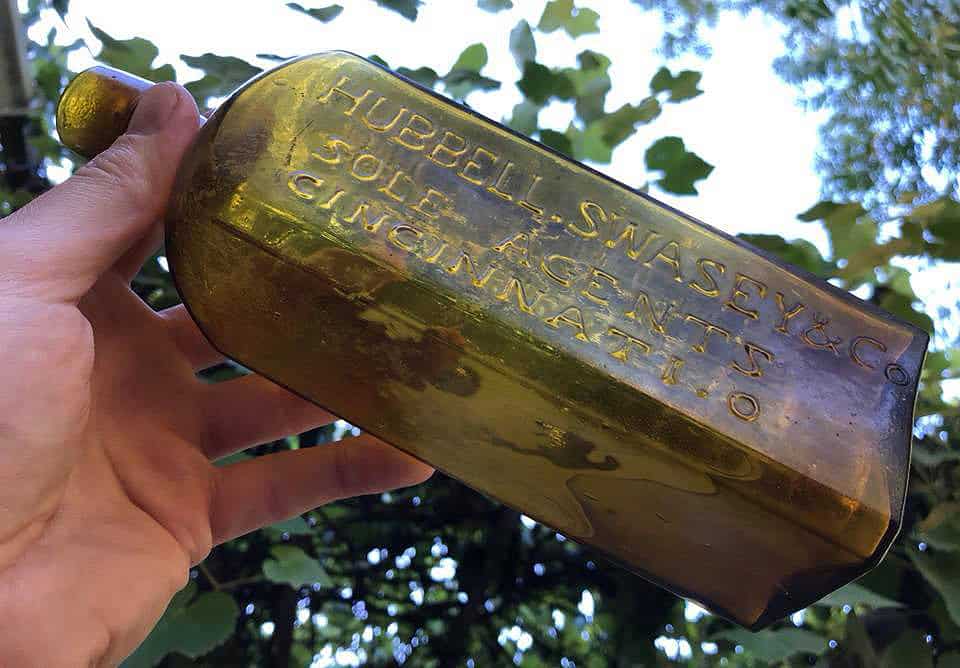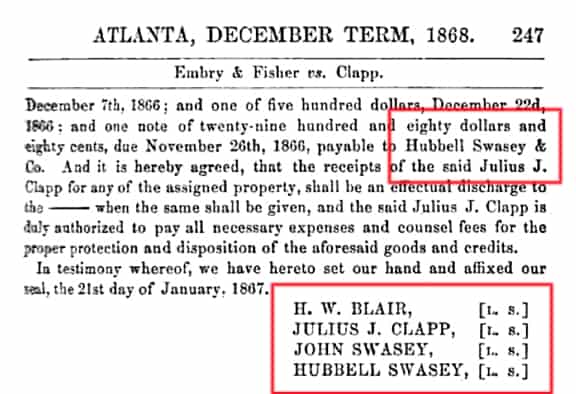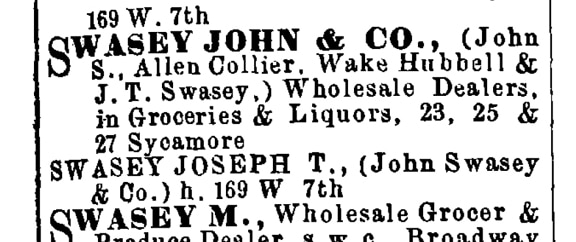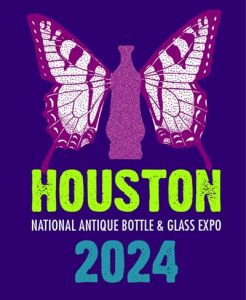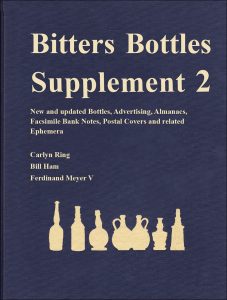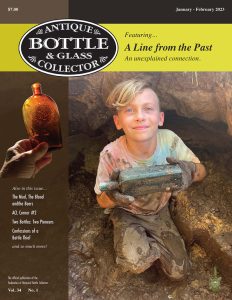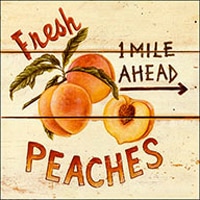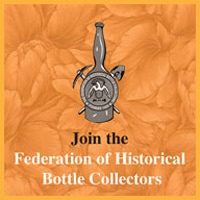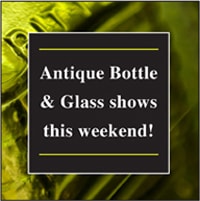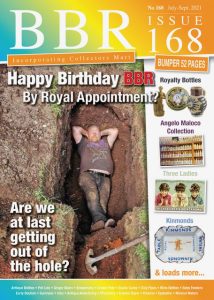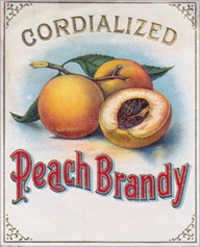The Dave & Jean Acker
Collection of Colorful Fluid Lamps
I remember, as a child, all of the decorative oil lamps at my grandparents Meyer house in Baltimore, Maryland. One night my father gathered them all up and compared all of the lamps. I still remember that night. Since then, I have not seen as many great oil lamps together as this collection now online at the Glass Works Auction #96 “Cabin Fever” auction that closes tomorrow.
228 (above) – Markham Swirl Band Pattern Fluid Finger Lamp, (Oil Lamps by Thuro pg. 280, H), American, ca. 1895 – 1910, clear glass with white opalescent swirl pattern, 3 1/2”h, original ‘P.& A. Mgf. Co. / Waterbury, Conn. – Eagle’, burner and scalloped edge glass chimney. A 3/4” long stress crack extends from the lower handle attachment into the body. The Dave & Jean Acker Collection.
229 (left above) – Coin Spot Pattern Fluid Lamp, (Oil Lamps by Thuro pg. 152), American, ca. 1895 – 1910, turquoise blue glass font with white opalescent coin spot pattern, turquoise blue pressed glass base, 9 1/2”h, original ‘Pat Applied, 10, 1877’ burner and scalloped edge glass chimney. A flat 1/4” by 1/8” in size chip is in the side of the base where it meets the font, otherwise in perfect condition. The Dave & Jean Acker Collection.
230 (center above) – Coin Spot Pattern Fluid Lamp, (Oil Lamps by Thuro pg. 152), American, ca. 1895 – 1910, turquoise blue glass font with white opalescent coin spot pattern, turquoise blue pressed glass base, 8 1/4”h, original ‘English Made MN,’ burner and scalloped edge glass chimney, Excellent condition. Identical to lamp 229 but in a smaller size. The Dave & Jean Acker Collection.
231 (right above) – Coin Spot Pattern Fluid Lamp, (Oil Lamps by Thuro pg. 152), American, ca. 1895 – 1910, clear glass font with white opalescent coin spot pattern, yellow amber pressed glass base, 9 1/2”h, original ‘No 2 Queen Anne No 2’ burner and scalloped edge glass chimney. An in manufacturing glass flaw is located on the top of the font. The Dave & Jean Acker Collection.
232 (left above) – Coin Spot Pattern Fluid Lamp, (Oil Lamps by Thuro pg. 152), American, ca. 1895 – 1910, clear glass font with white opalescent coin spot pattern, clear glass pressed glass base, 7 1/2”h, original unmarked burner and scalloped edge glass chimney. Excellent condition. The Dave & Jean Acker Collection.
233 (center above) – Shell & Swirl Pattern Fluid Lamp, American, ca. 1890 – 1910, cranberry red rib swirl pattern font with white opalescent swirl pattern, attached to a clear glass shell pattern base, 9 1/4”h, original unmarked burner and clear glass scalloped chimney. Excellent condition. The Dave & Jean Acker Collection.
234 (right above) – Shell & Swirl Pattern Fluid Lamp, American, ca. 1890 – 1910, yellow amber rib swirl pattern font, attached to a black glass shell pattern base, 8 1/4”h, original ‘Eagle’ burner and clear glass scalloped chimney. A 1/2” by 3/16” in size chip is off the edge of the base, otherwise in excellent condition. The Dave & Jean Acker Collection.
235 (left above) – Shell & Swirl Pattern Fluid Lamp, American, ca. 1890 – 1910, cranberry red rib swirl pattern font with white opalescent ribs, attached to a clear glass shell pattern base, 8 3/4”h, original unmarked burner and clear glass scalloped chimney. Excellent condition. The Dave & Jean Acker Collection.
236 (center above) – Shell & Swirl Pattern Fluid Lamp, American, ca. 1890 – 1910, clear glass rib swirl pattern font with white and cranberry opalescent splotch pattern, attached to a clear glass shell pattern base, 7 1/2”h, original unmarked burner and clear glass scalloped chimney. A 1 1/4” long vertical stress crack is located at midpoint in the font, otherwise in excellent condition. The Dave & Jean Acker Collection.
237 (right above) – Shell & Swirl Pattern Fluid Finger Lamp, American, ca. 1890 – 1910, turquoise blue rib swirl pattern font with white opalescent ribs, attached to a clear glass base, 5 1/2”h, original ‘Queen Anne’ burner and clear glass scalloped chimney. Excellent condition. The Dave & Jean Acker Collection.
238 (above) – Shell & Swirl Pattern Fluid Lamp, American, ca. 1890 – 1910, (Oil Lamps by Thuro pg. 235), clear glass rib swirl pattern font and center section both having white opalescent rib patterns. Both sections are connected by a brass center piece with the entire assembly mounted on a fancy metal base, 12 1/2”h, original frosted glass shade has a farm scene decoration of cows, trees, dwellings and a farmer, original unmarked burner and clear glass chimney. This one’s different! The Dave & Jean Acker Collection.
239 (above) – Snowflake Pattern Fluid Lamp, American, ca. 1890 – 1910, clear glass rib pattern font with white opalescent ‘snowflakes’, brass standard connects the font to a clear glass base, 8 1/2”h, original ‘Queen Anne’ burner and clear glass scalloped chimney. Excellent condition. The Dave & Jean Acker Collection.
240 (above) – Snowflake Pattern Fluid Lamp, American, ca. 1890 – 1910, clear glass rib pattern font with white opalescent ‘snowflakes’, brass standard connects the font to a clear glass base, 9 1/4”h, original ‘Banner’ burner and clear glass scalloped chimney. Excellent condition. The Dave & Jean Acker Collection.
241 (above) – Jensen Pattern Fluid Lamp, American, ca. 1890 – 1910, Vaseline font with white opalescent vertical rib strips, connected to a clear frosted glass base, 7 3/4”h, original ‘Queen Anne’ burner and clear glass scalloped chimney. Excellent condition. The Dave & Jean Acker Collection.
242 (above) – Alva Rib Band Pattern Fluid Lamp, (Oil Lamps by Thuro pg. 271, J), American, ca. 1890 – 1910, turquoise blue font with white opalescent vertical rib strips connected to a frosted clear glass base, 7 3/4”h, original ‘Rayo, No. 1 Queen Anne’ burner and clear glass scalloped chimney. Excellent example. The Dave & Jean Acker Collection.
243 (left above) – Eason Pattern Fluid Lamp, American, ca. 1890 – 1910, clear glass font with white opalescent pattern attached to a black glass base, 8 1/2”h, original unmarked burner and clear glass scalloped chimney. Excellent condition. The Dave & Jean Acker Collection.
244 (center above) – Eason Pattern Fluid Lamp, American, ca. 1890 – 1910, turquoise blue glass font with white opalescent pattern attached to a clear glass base, 8 1/2”h, original unmarked burner and clear glass scalloped chimney. Excellent condition. The Dave & Jean Acker Collection.
245 (right above) – Coin Spot Pattern Fluid Lamp, (Oil Lamps by Thuro pg. 152), American, ca. 1895 – 1910, clear glass font with white opalescent coin spot pattern, turquoise blue pressed glass base, 9 1/2”h, original burner and scalloped edge glass chimney, about perfect (several minor inside edge of base chips). The Dave & Jean Acker Collection.
246 (above) – Hobbs Coin Spot Pattern Fluid Lamp, (Oil Lamps by Thuro pg. 152), American, ca. 1895 – 1910, clear class with white opalescent design font attached to a clear glass base, 9 1/2”h, original ‘No. 2 Queen Anne’ burner and scalloped edge glass chimney, perfect condition. The Dave & Jean Acker Collection.
247 (above) – Hobbs Coin Spot Pattern Fluid Lamp, (Oil Lamps by Thuro pg. 152), American, ca. 1895 – 1910, cranberry red with white opalescent design font attached to a clear glass base, 9 1/4”h, original ‘No. 2 Queen Anne’ burner and scalloped edge glass chimney, about perfect (tiny edge of base flake). The Dave & Jean Acker Collection.

